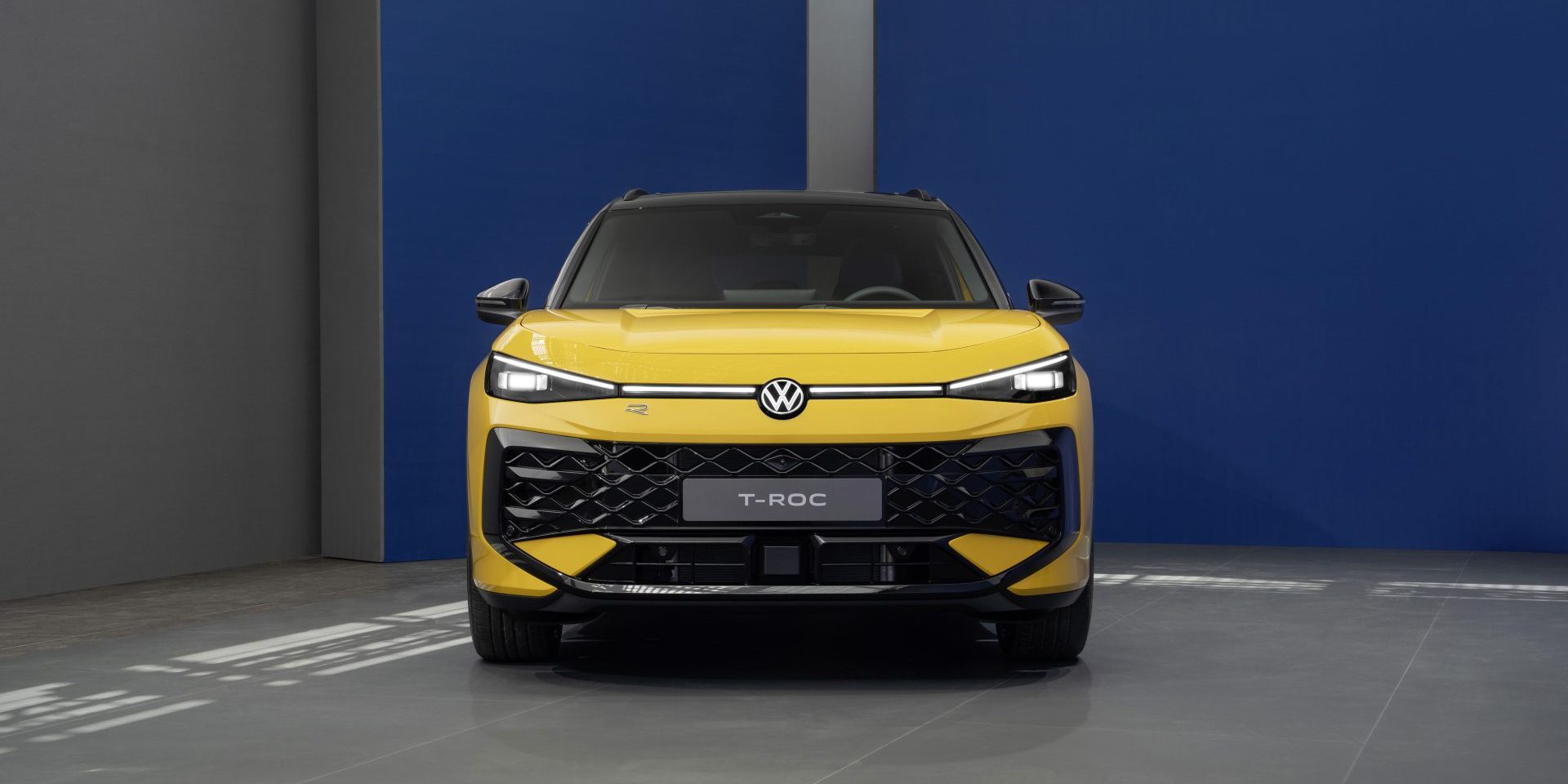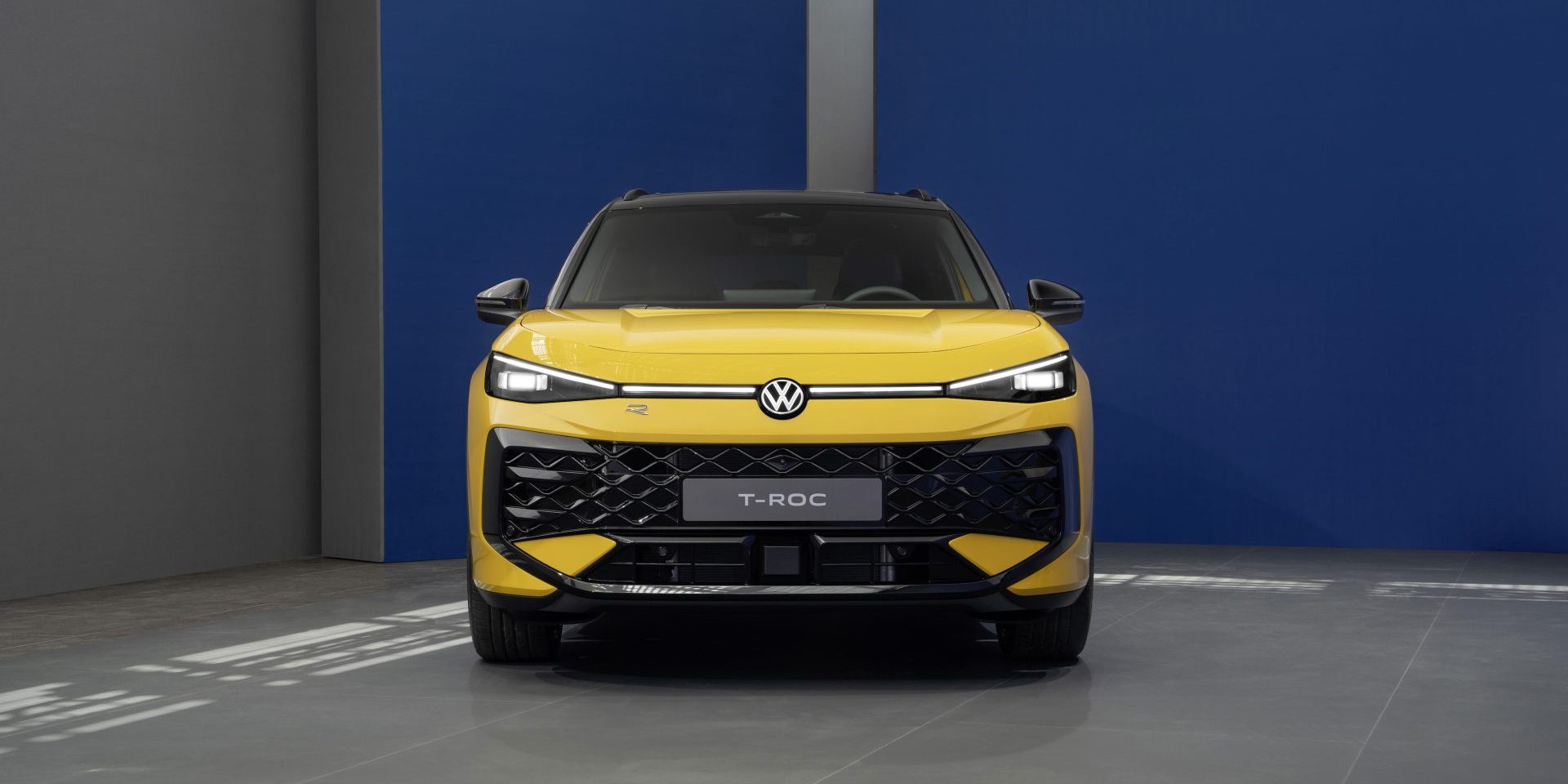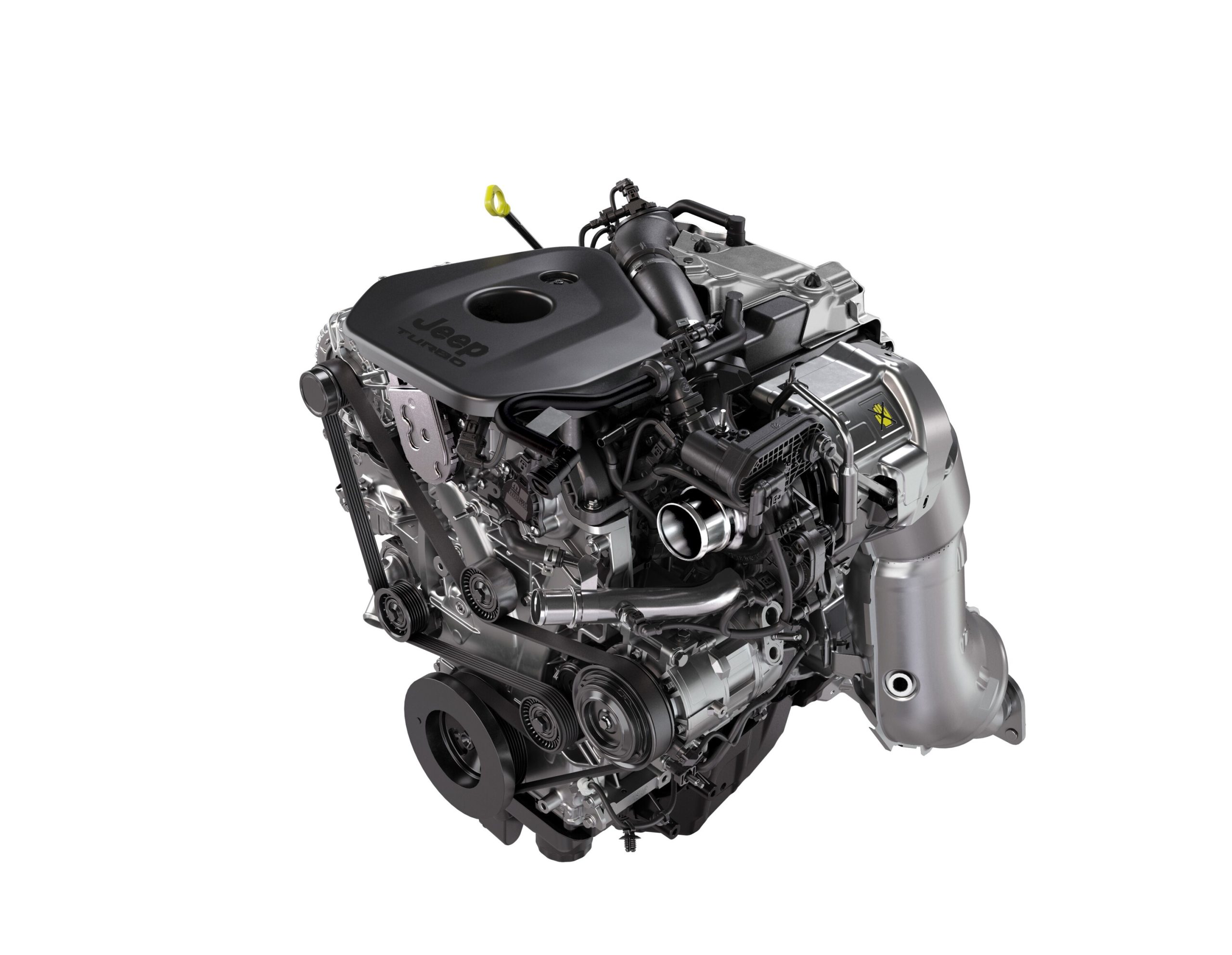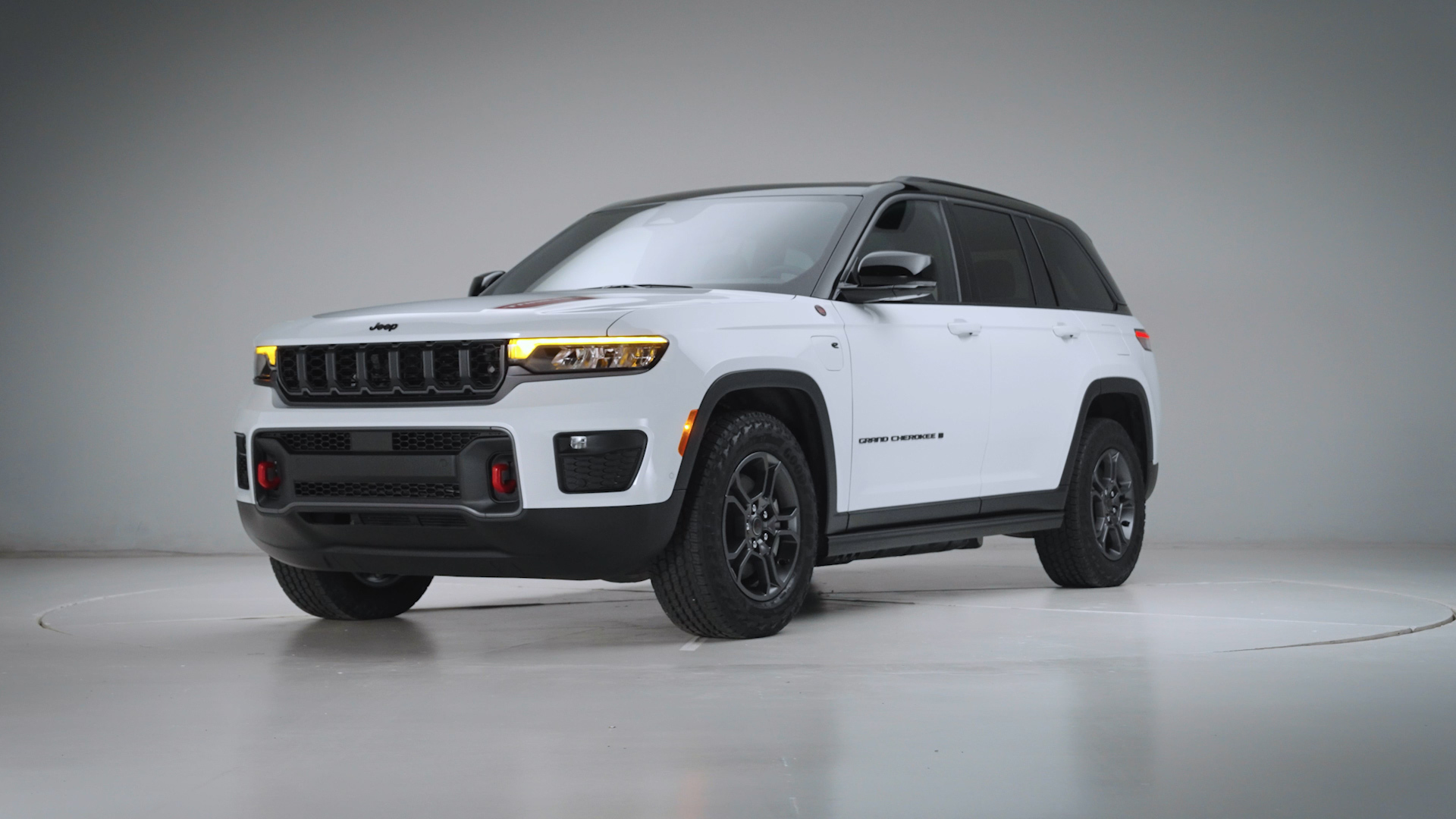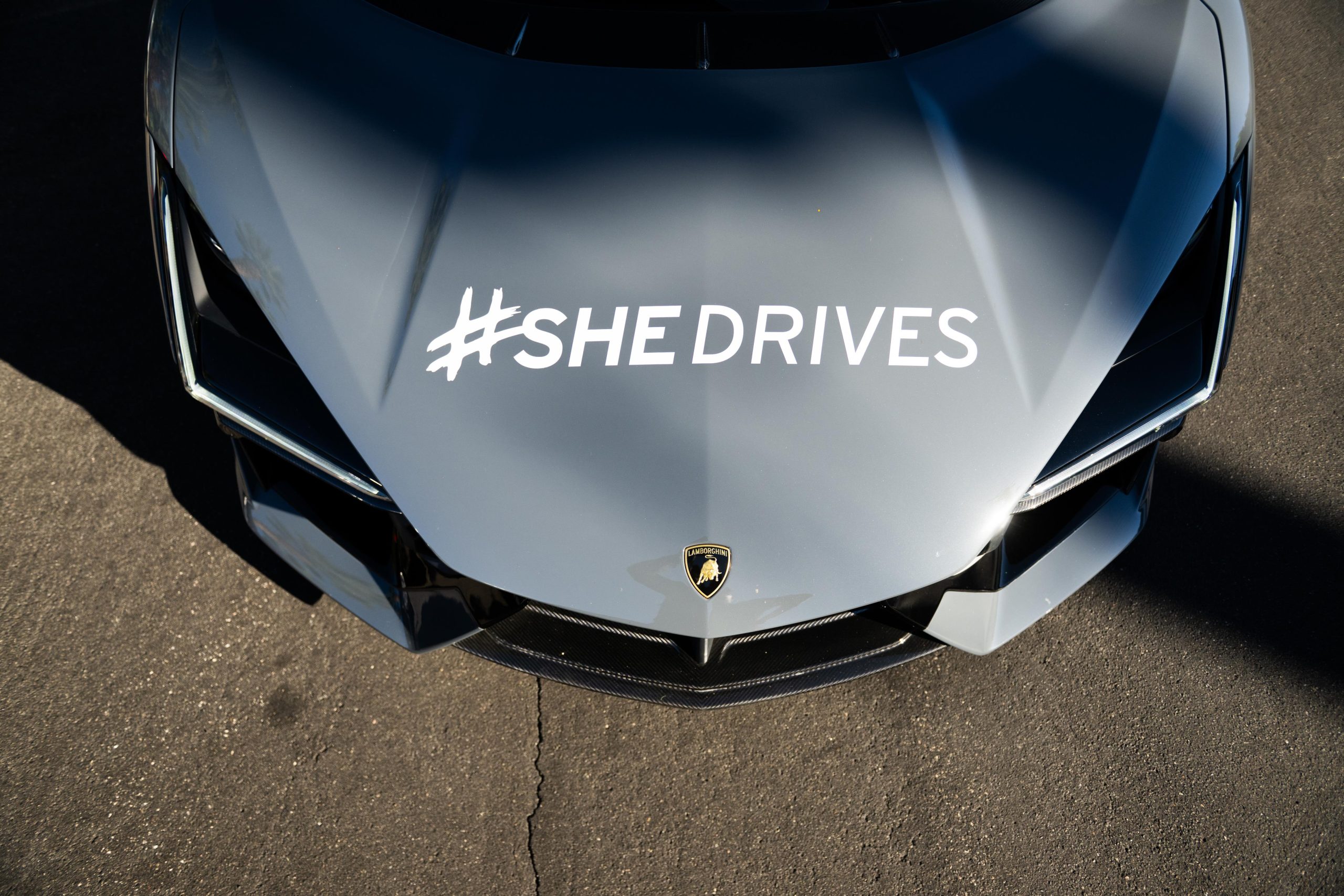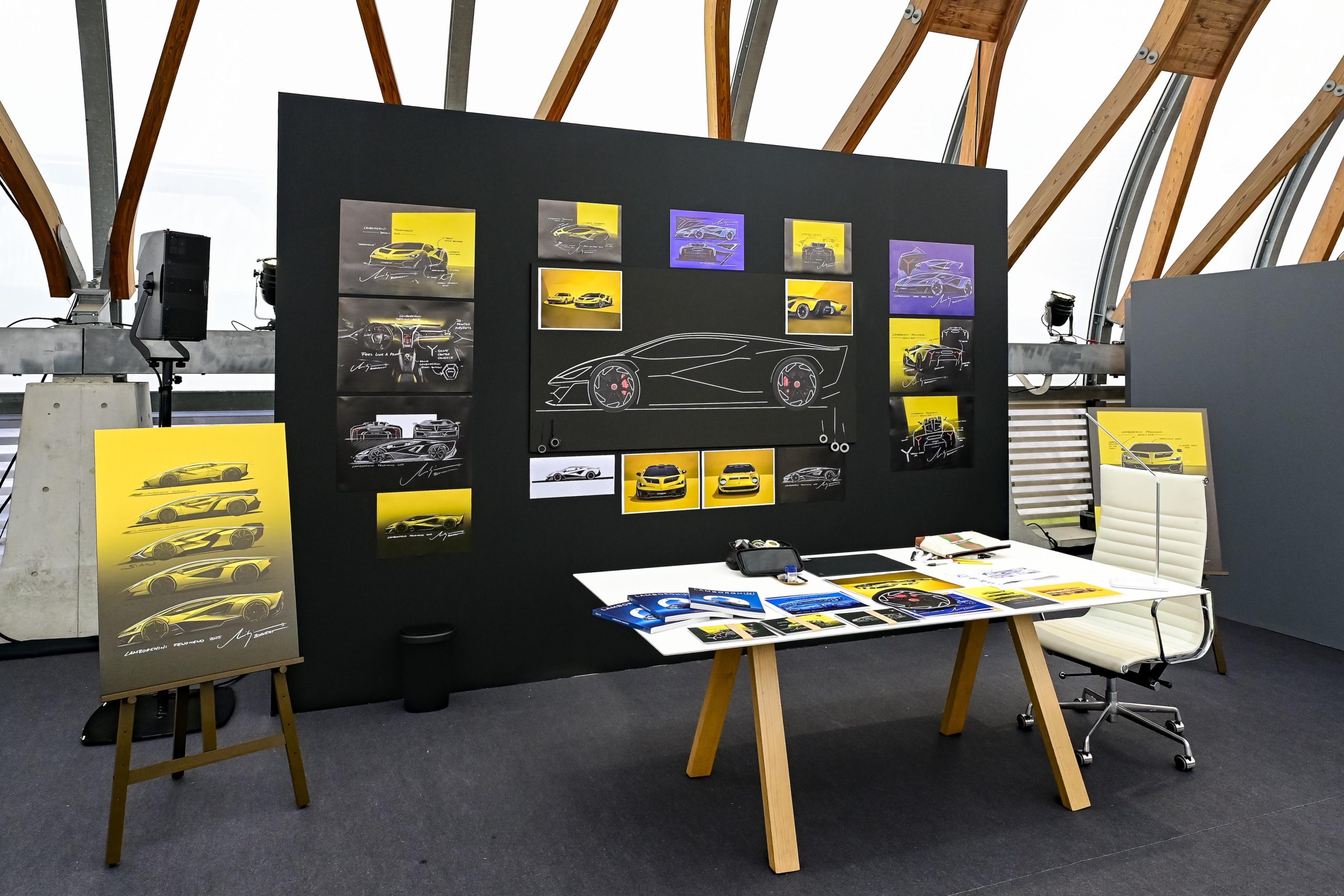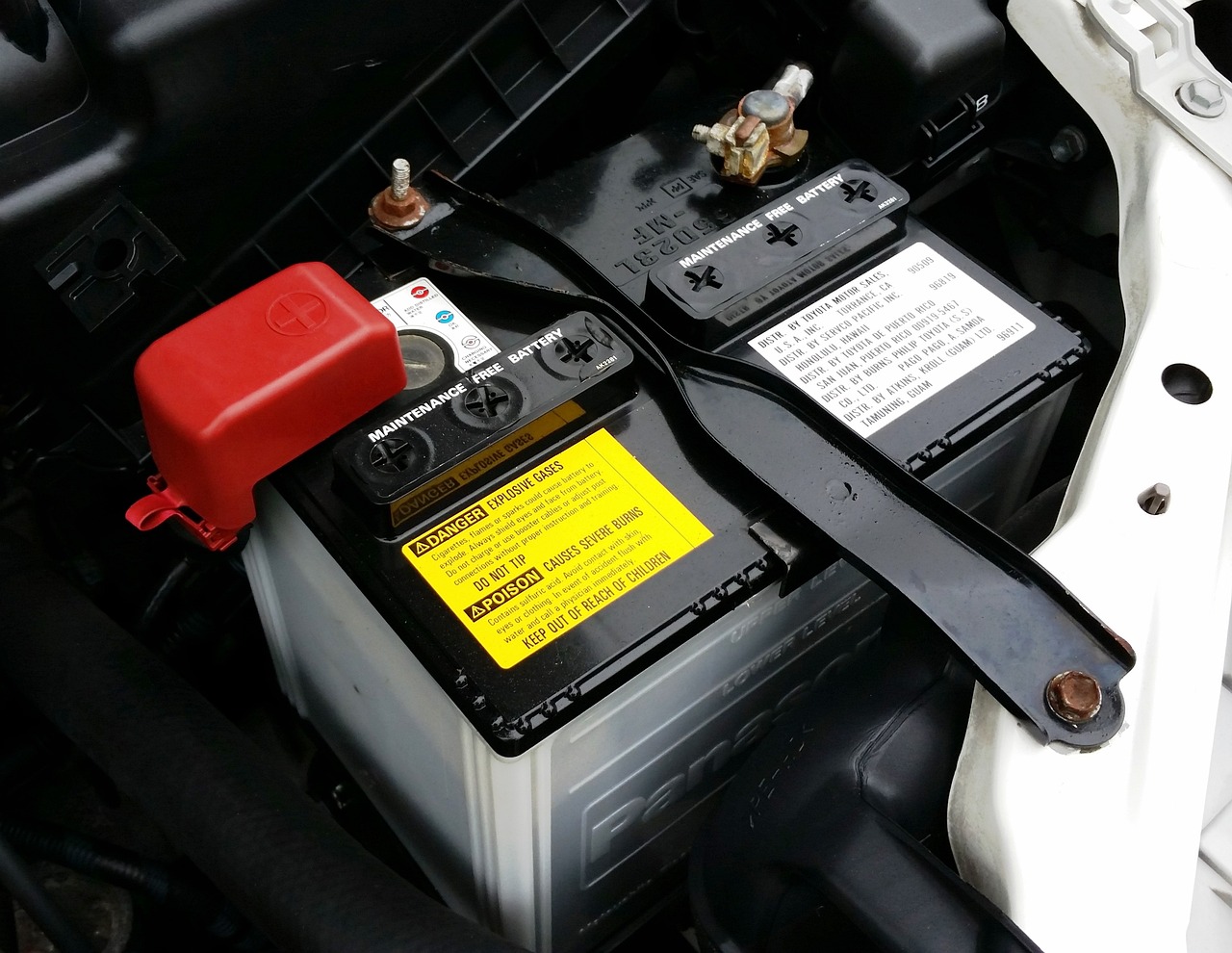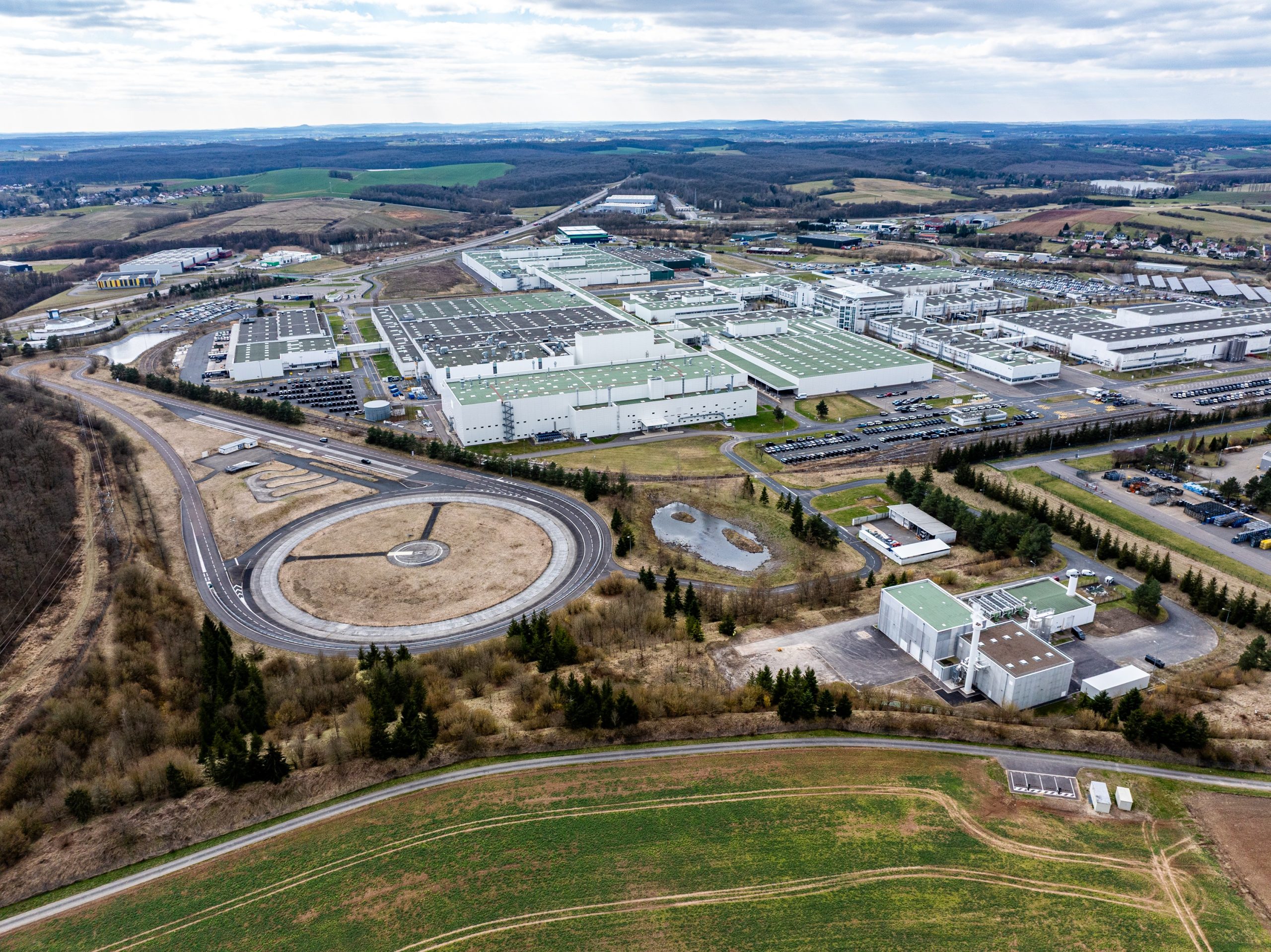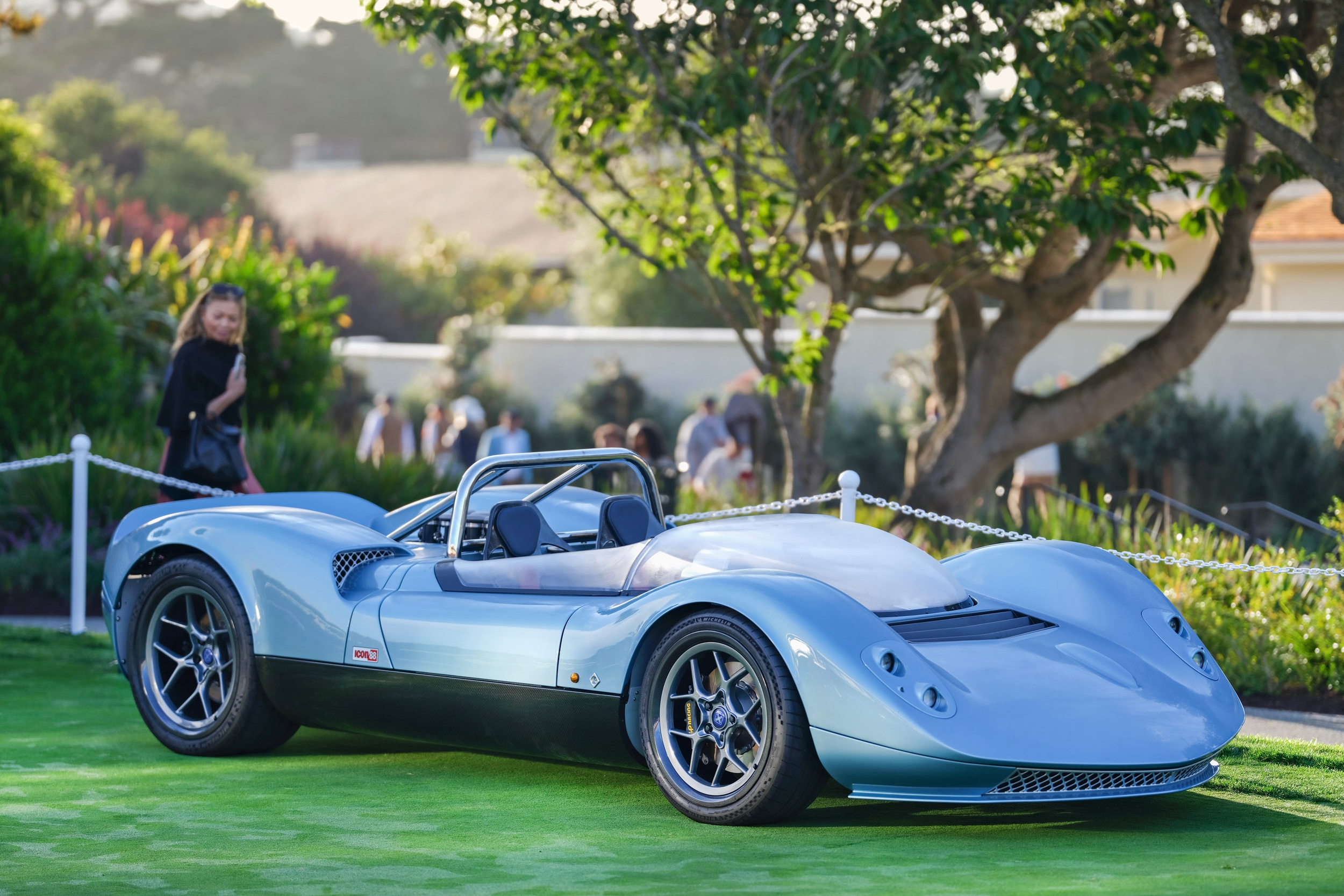The time has come: Volkswagen presents the new T-Roc! Developed completely from scratch, the second generation of the best seller boasts an expressive design and innovative drive systems. The high-quality interior features a newly designed cockpit, an infotainment screen measuring up to 33 centimetres and background lighting that creates a lounge-like atmosphere. In addition, the T-Roc offers more space in the interior and luggage compartment. New assist systems and technologies from higher vehicle classes complete the model. Examples include Travel Assist and the driving experience control. Pre-sales of the new T-Roc start in Germany on 27 August, with the market launch scheduled for November. Prices start at 30,845 euros for the 1.5 eTSI with 85 kW/115 PS1.
Second generation with a new design. The model’s major leap forward in terms of development can be seen at first glance in its powerful, clean design. It retains the characteristic T-Roc DNA with the coupé-like rear end and makes the most of the advantages of 12 cm more overall length compared with the predecessor model. The larger proportions are what make the dynamic design possible.
The lighting design also plays a significant role in the new interpretation of the T-Roc. New LED headlights at the front are standard. IQ.LIGHT LED matrix headlights are available as an option and are connected to the white illuminated Volkswagen logo by a narrow light strip. The rear end of the new T-Roc also features a continuous LED crossbar with a red illuminated Volkswagen logo (depending on equipment).
High-quality interior and best-in-class features. The interior has been significantly improved and impresses with its premium quality, soft surfaces and innovative technologies. For example, the dash panel is upholstered in a newly developed fabric, which creates a lounge-style atmosphere together with the background lighting. The new T-Roc adopts numerous features from the larger Tiguan and Tayron models, such as the latest evolutionary stage of the driving experience control, which can be used to select driving profiles and control the volume, among other things. A new feature in the T-Roc and in its class is also the optional windscreen head-up display, which projects important information such as speed or navigation pictograms directly on to the windscreen in front of the driver.
More space for up to five people. The space in the new T-Roc is suitable for long journeys and families. Even if people taller than 1.85 metres are seated in the front, passengers of a similar stature can sit comfortably in the rear thanks to the extra 12 cm added to the length of the new T-Roc. In addition, an electrically adjustable 14-way ergoActive seat with massage function will be available in the Style version for the first time in the T-Roc. The boot volume increases by 30 litres to 475 litres when loaded up to the height of the rear seat backrests.
Technology transfer thanks to MQB evo. Following the current Tiguan (debut in 2024) and Tayron (debut in 2025), the new T-Roc is the third SUV from Volkswagen to be based on the latest evolutionary stage of the modular transverse matrix, the MQB evo – and thus benefits from the hardware and software developments in this modular assembly matrix. These include a new development stage of Travel Assist3. It not only supports automatic lane changes, but can also react with even more foresight to speed limits or the lifting of speed limits3. For the first time, the new T-Roc also has systems such as Park Assist Pro1 on board. This system uses the memory function to ensure trained and thus fully automatic parking over distances of up to 50 metres and enables a smartphone to be used to drive the vehicle into and out of parking spaces3. The exit warning system is also available as an option and can warn occupants before the doors are opened3 that cars or bicycles are approaching from behind.
Mild hybrid as standard. The new T-Roc will be available exclusively with innovative hybrid turbocharged petrol engines on the European market. For the launch, there are two 48V mild hybrid drives (1.5 eTSI) with 85 kW (116 PS)2 and 110 kW (150 PS)2. They will be followed by two full hybrid drive systems that have been developed entirely from scratch. These always have front-wheel drive. A T-Roc R will also be available in the future as the most powerful variant. All 1.5 and 2.0 mild hybrids feature a seven-speed dual-clutch gearbox.
New range of versions. The equipment matrix for the new T-Roc will now be more clearly structured and customer-focused. In order to make configuration as simple as possible, Volkswagen has combined standard and optional individual features and packages with the equipment versions. The packages are precisely tailored to customer preferences, resulting in a streamlined range of standard and optional equipment at attractive prices. The range in some markets consists of the basic T-Roc version (focus on budget and functionality), the first expansion package Life (focus on functionality and comfort) as well as the two top-of-the-line versions Style (focus on design and technology) and R-Line (focus on sportiness).
Six paint finishes are available in Germany for the new T-Roc: Pure white solid, Wolf grey metallic and Grenadilla black metallic as well as the new paint colours Canary yellow solid, Flamed red metallic and Celestial blue metallic. The roof is also available in the bi-colour black solid colour. In addition, all versions of the T-Roc can be ordered with a towing bracket whose drawbar load (80 kg) is designed for transporting heavy e-bikes.
Prices and specification for the new T-Roc in the UK will be confirmed soon.
A car from Europe for Europe. The first generation of the T-Roc was launched on the market in 2017 and quickly established itself. An update followed in model year 2022. Last year, about 292,000 new vehicle buyers across Europe opted for the compact all-rounder, which is produced at the Portuguese plant in Palmela near Lisbon. A total of more than two million units have been sold to date. This makes the T-Roc the world’s most successful SUV from Volkswagen after the Tiguan.
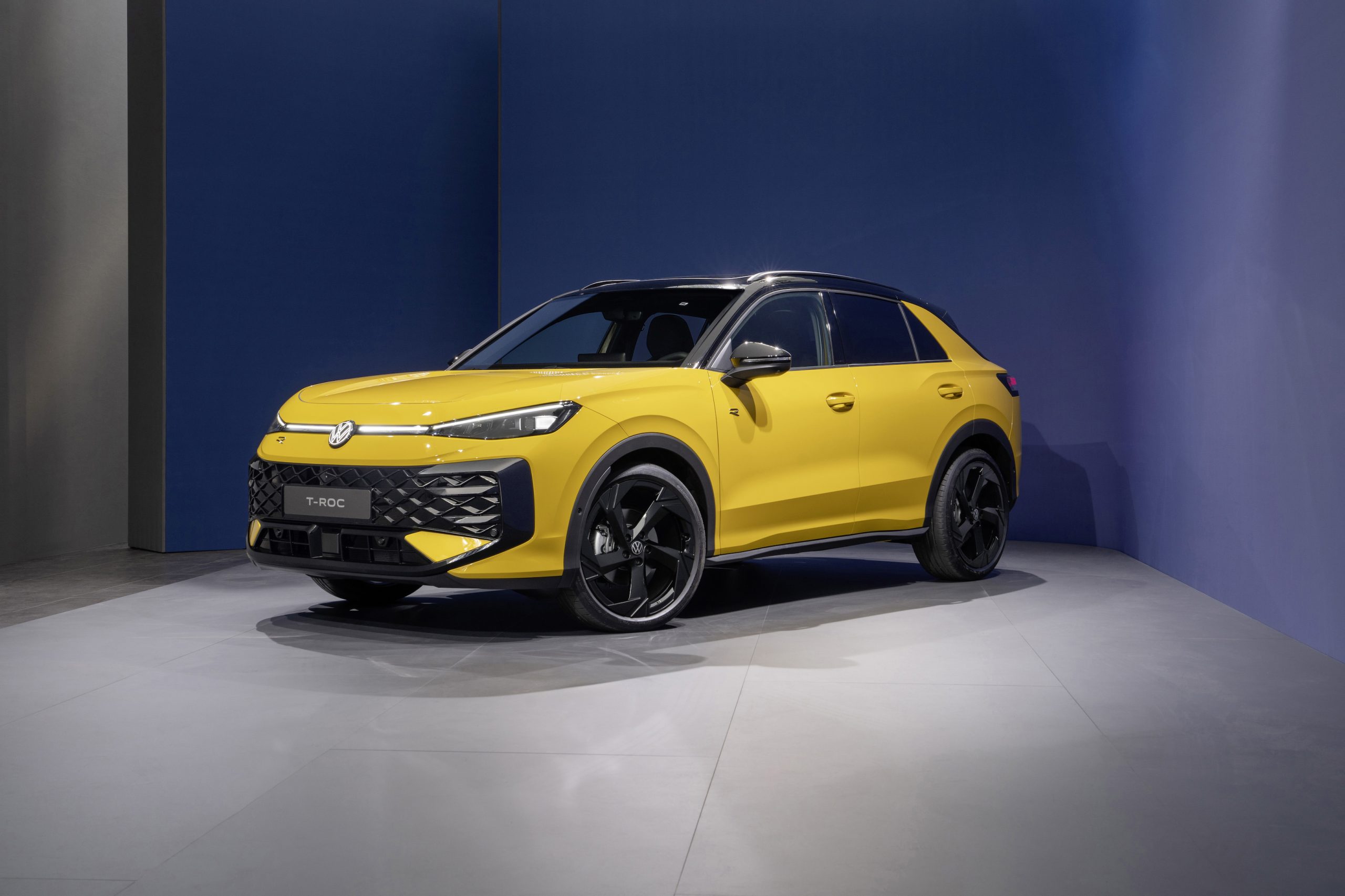
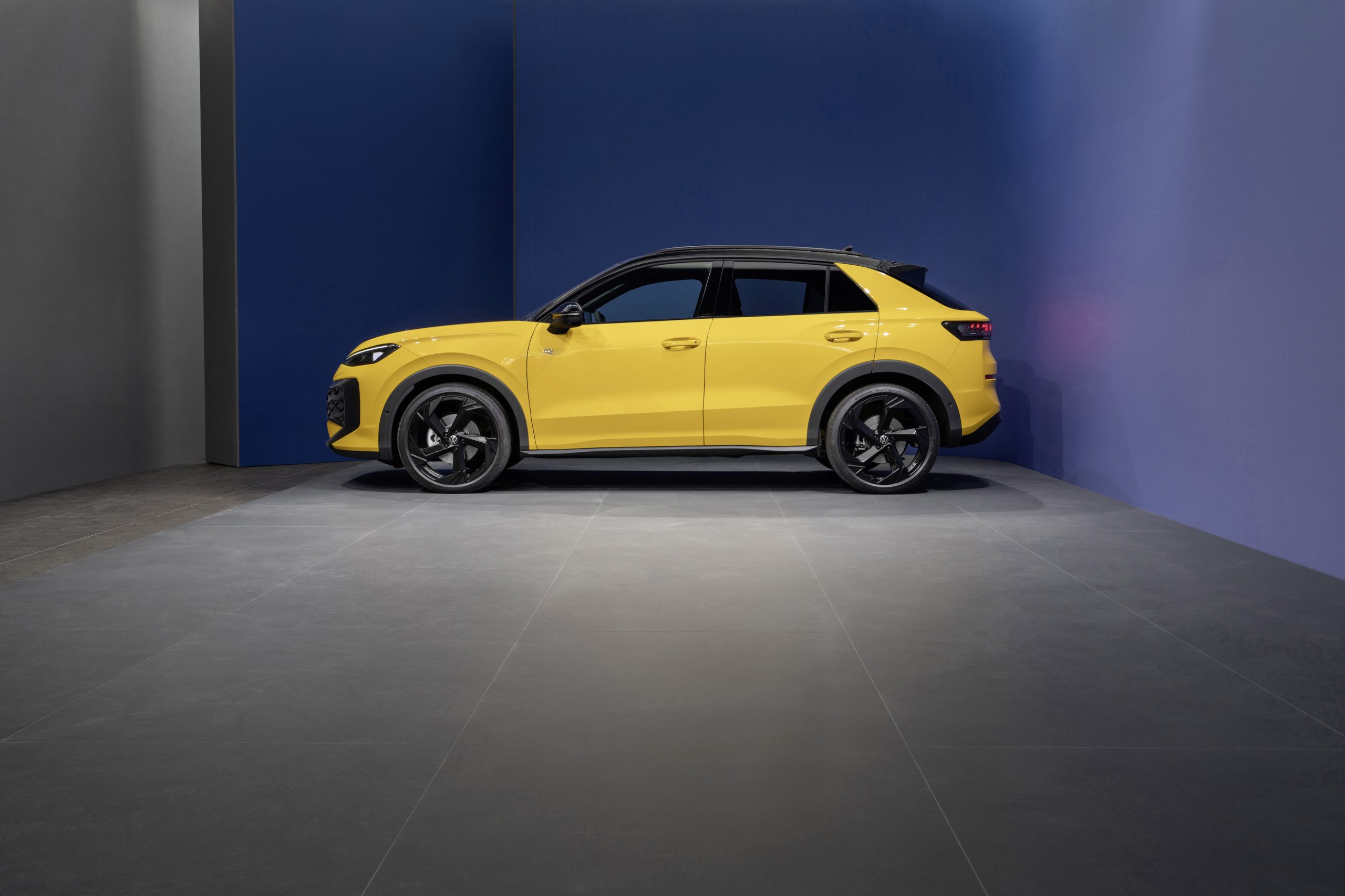
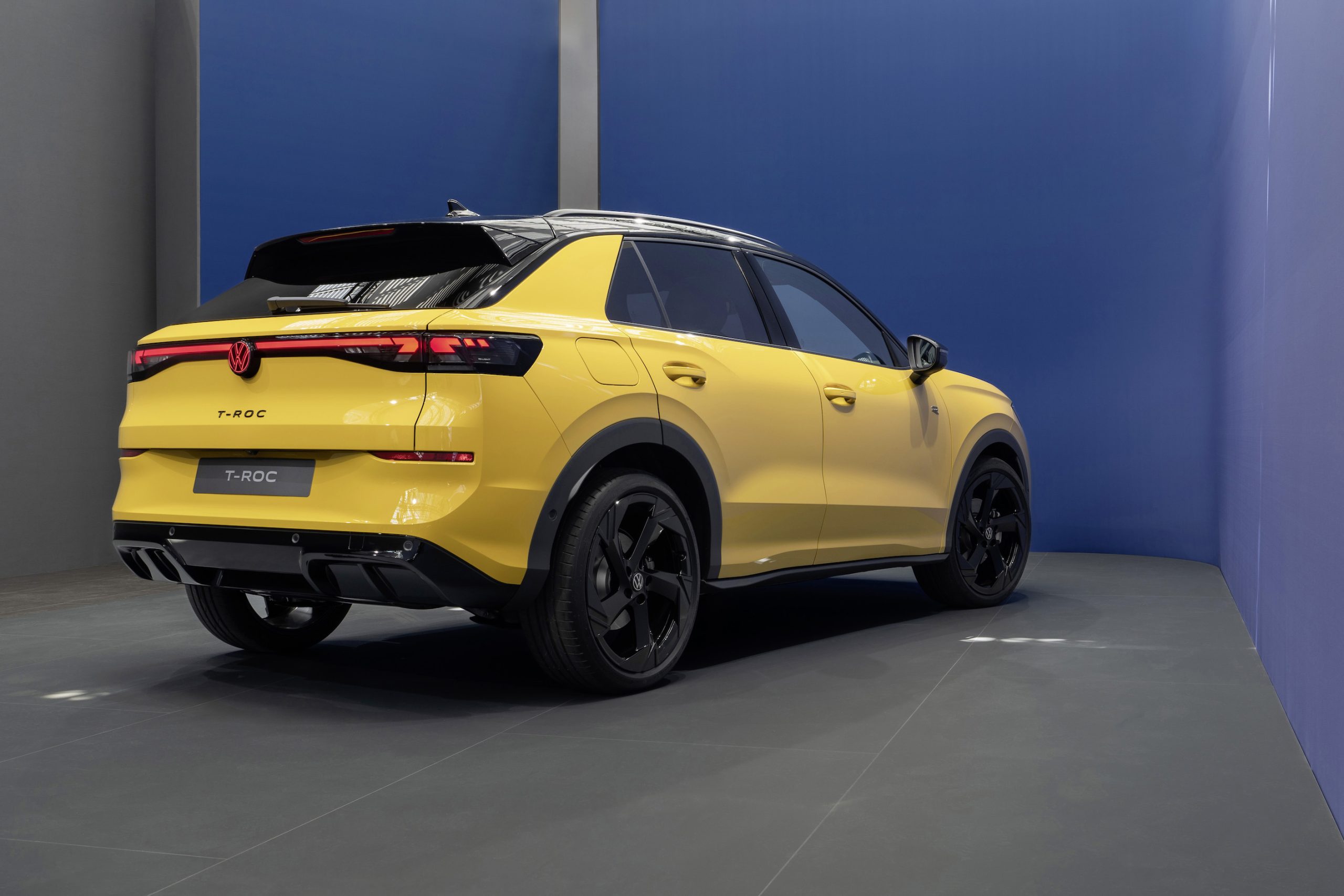
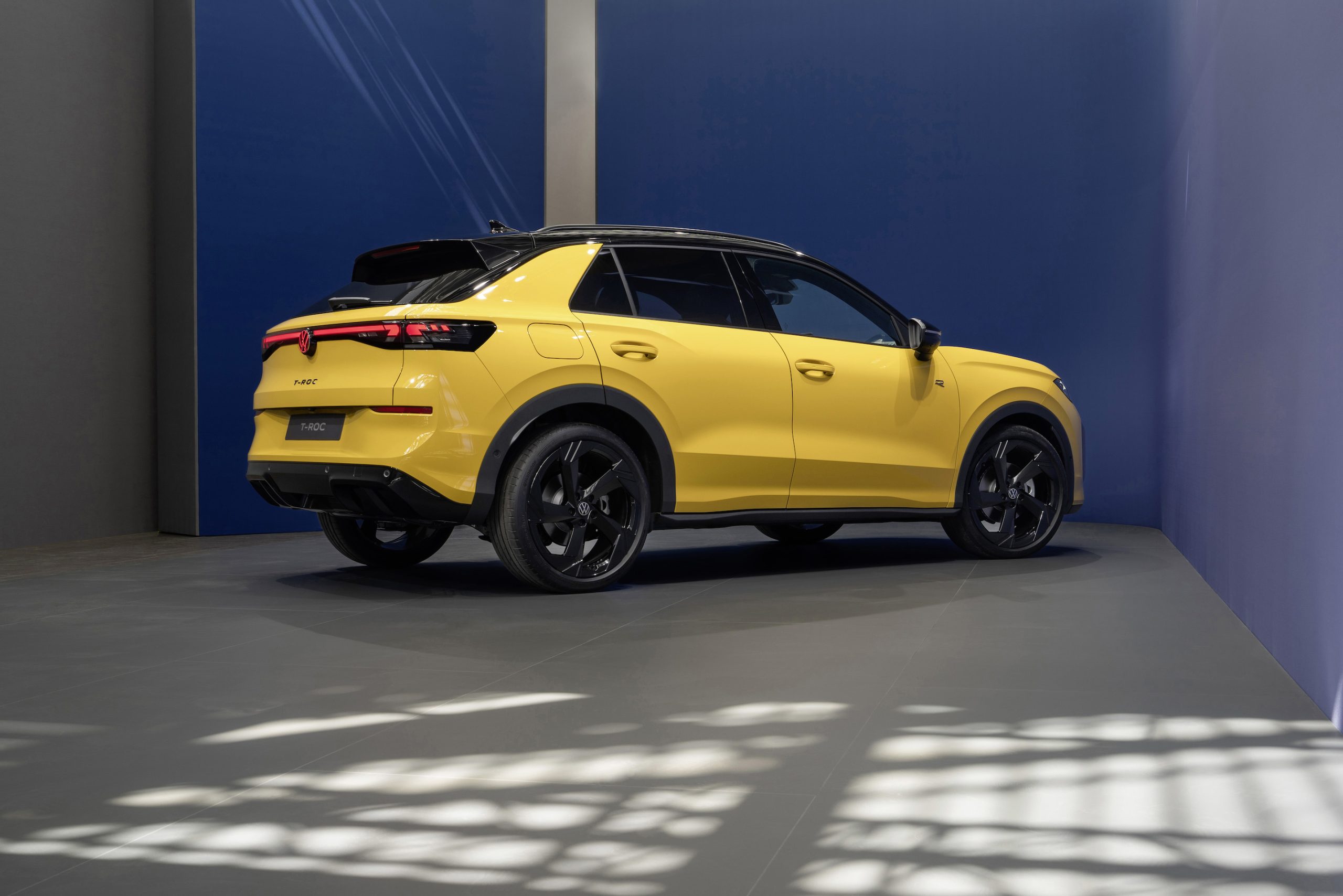
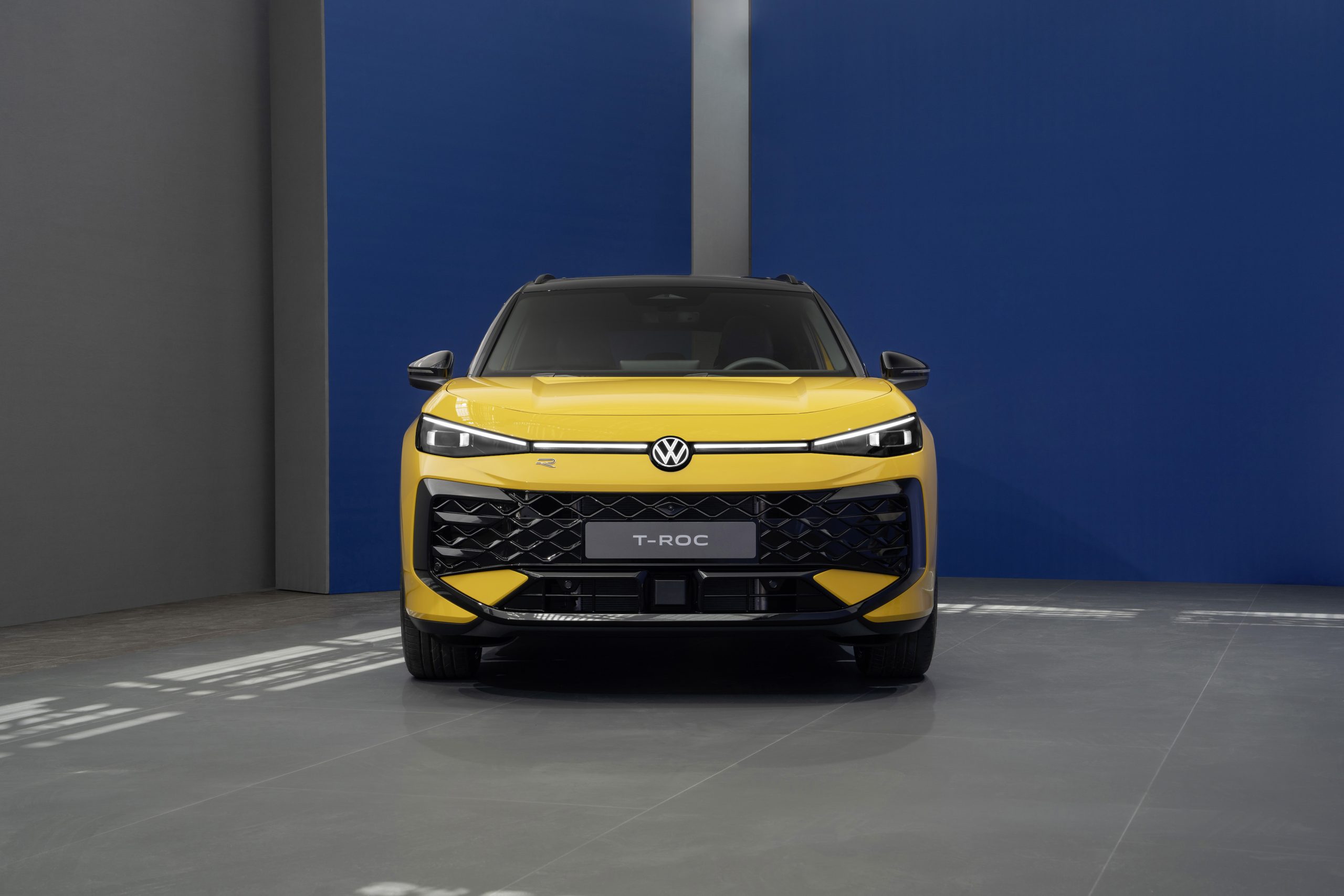
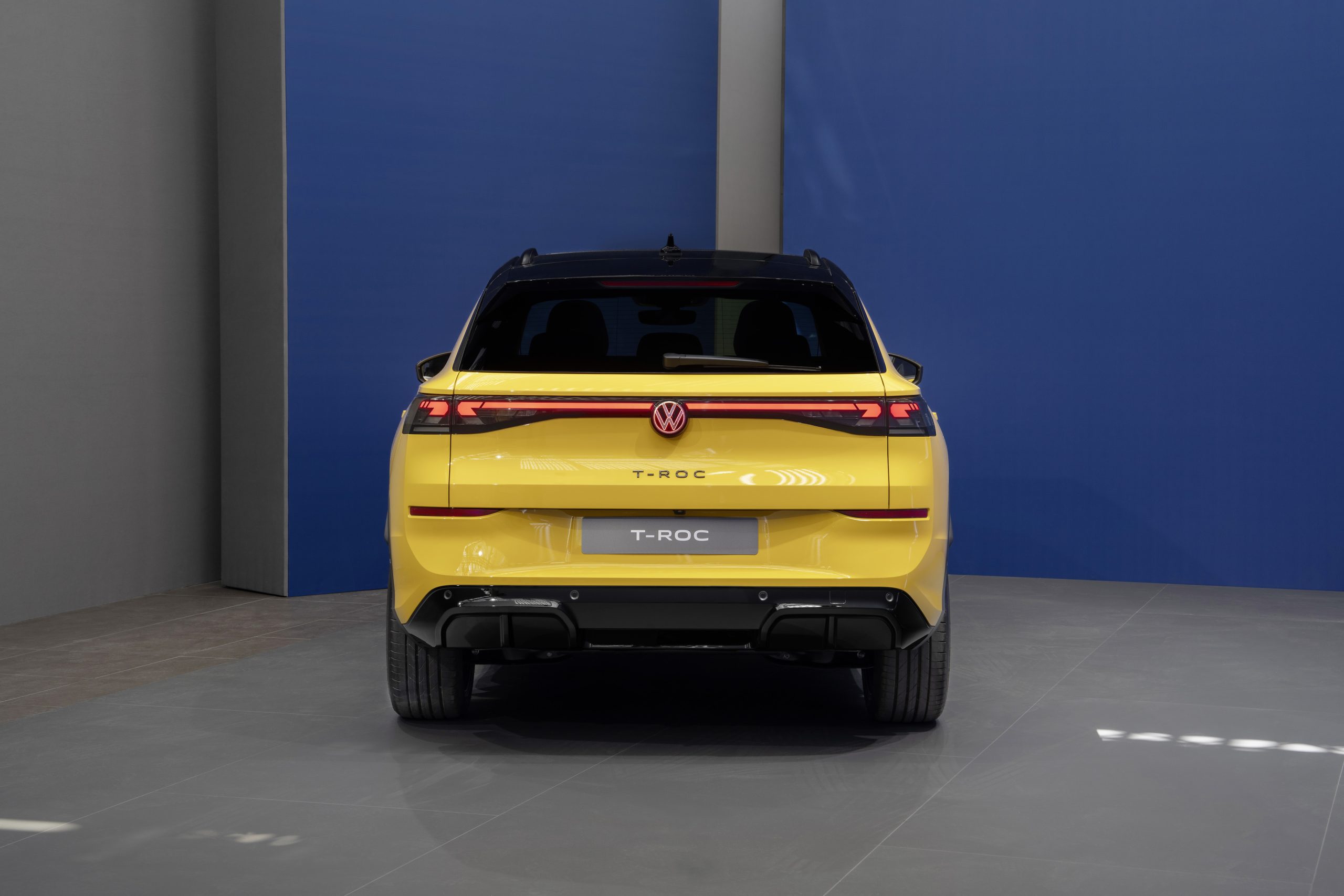
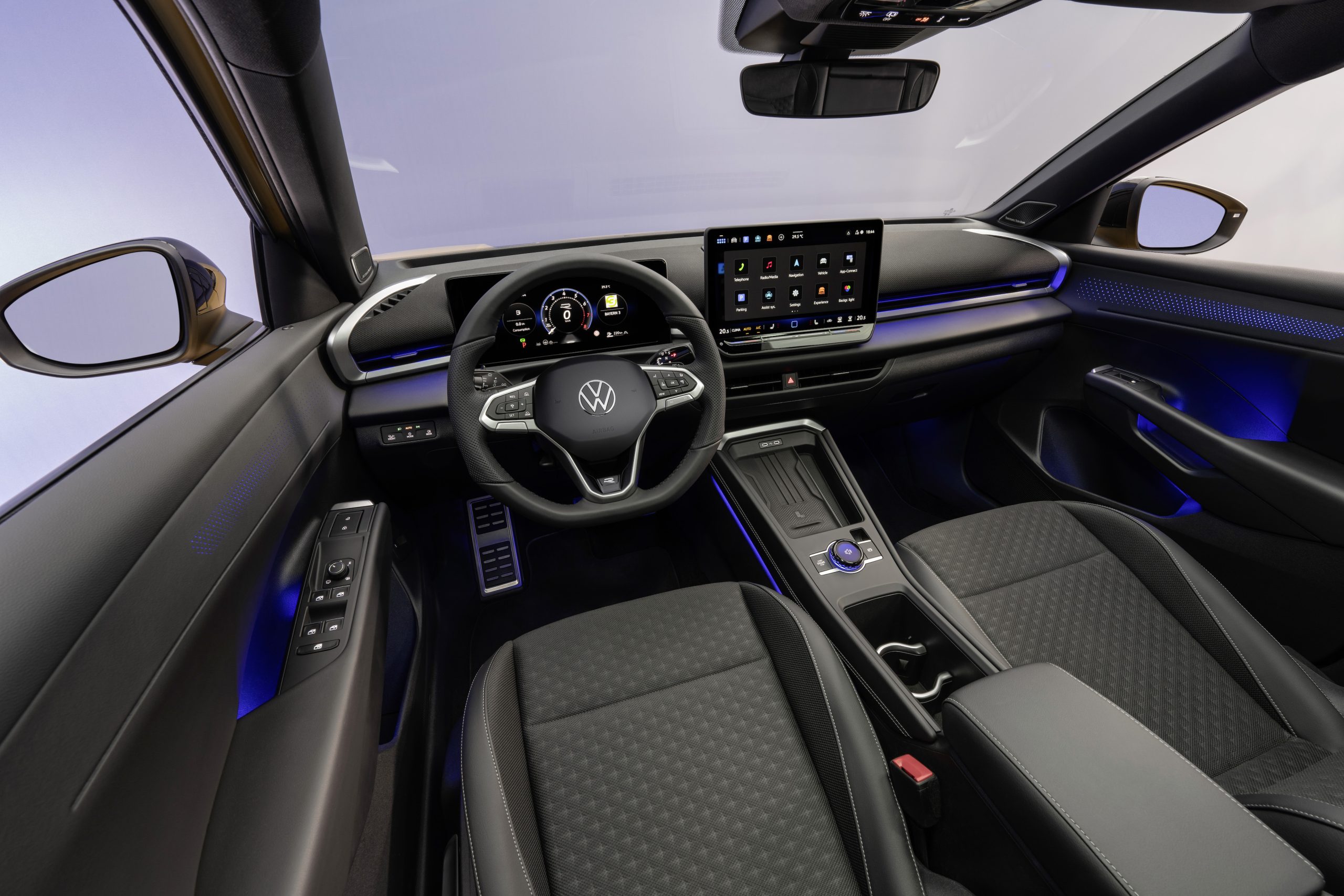
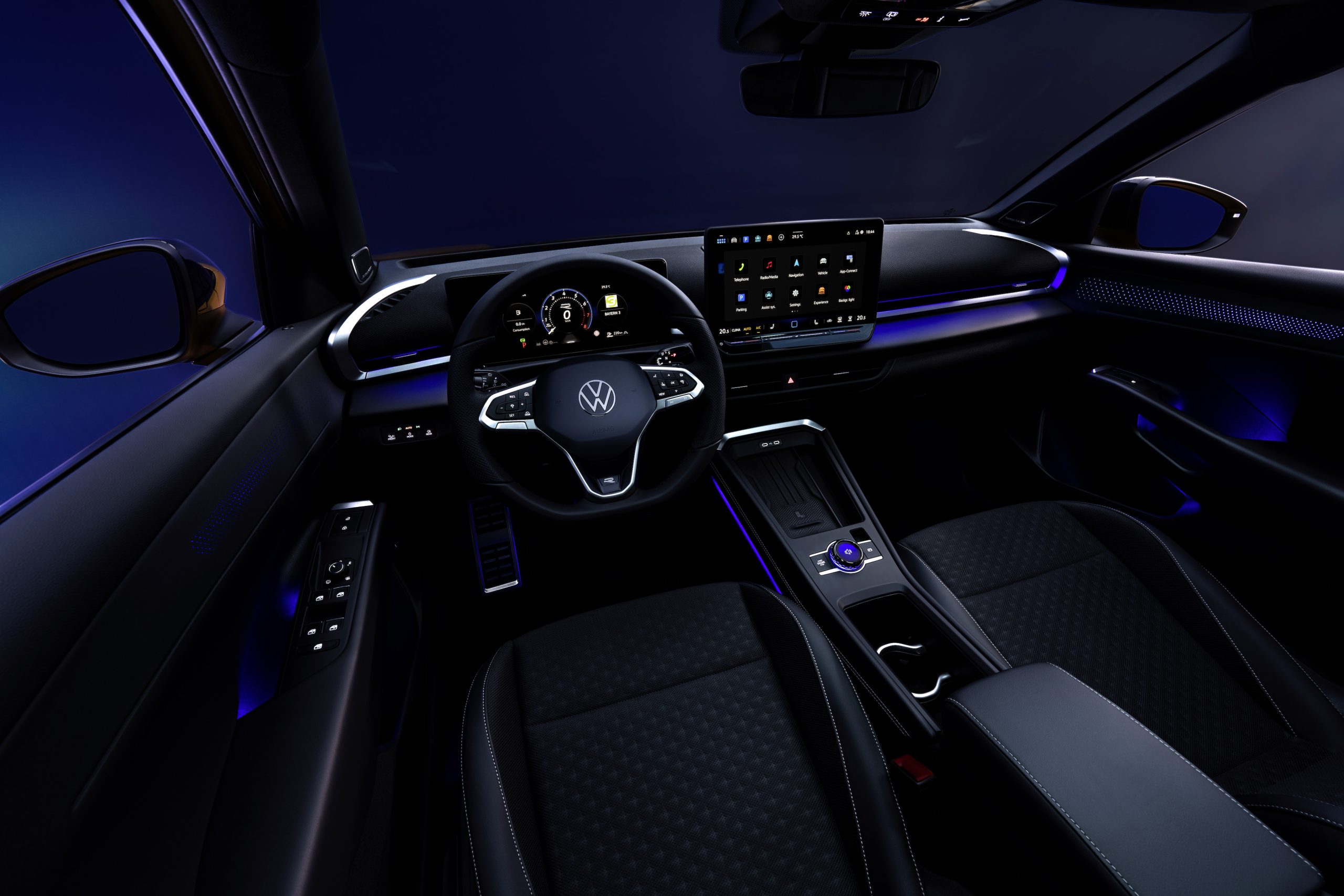
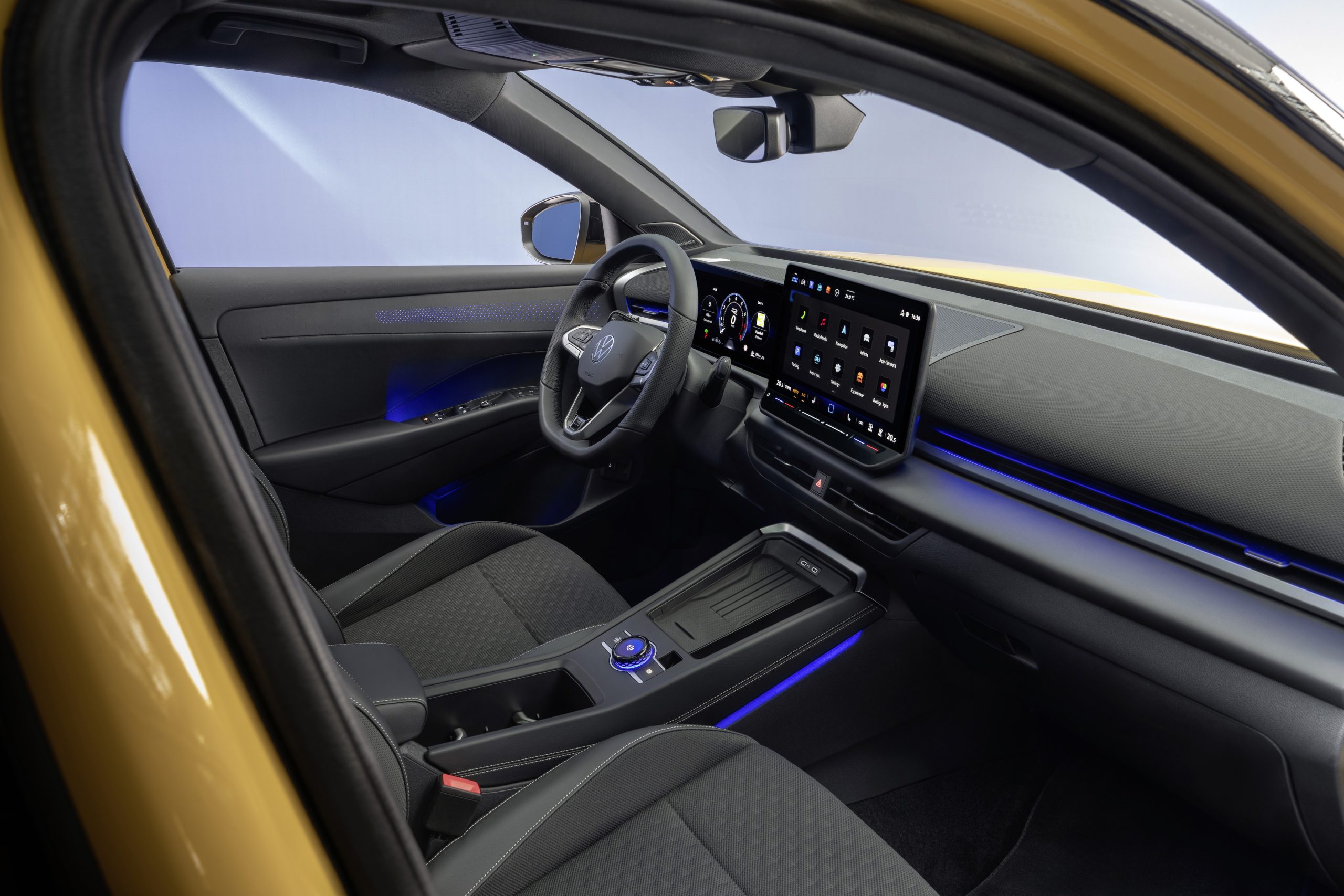
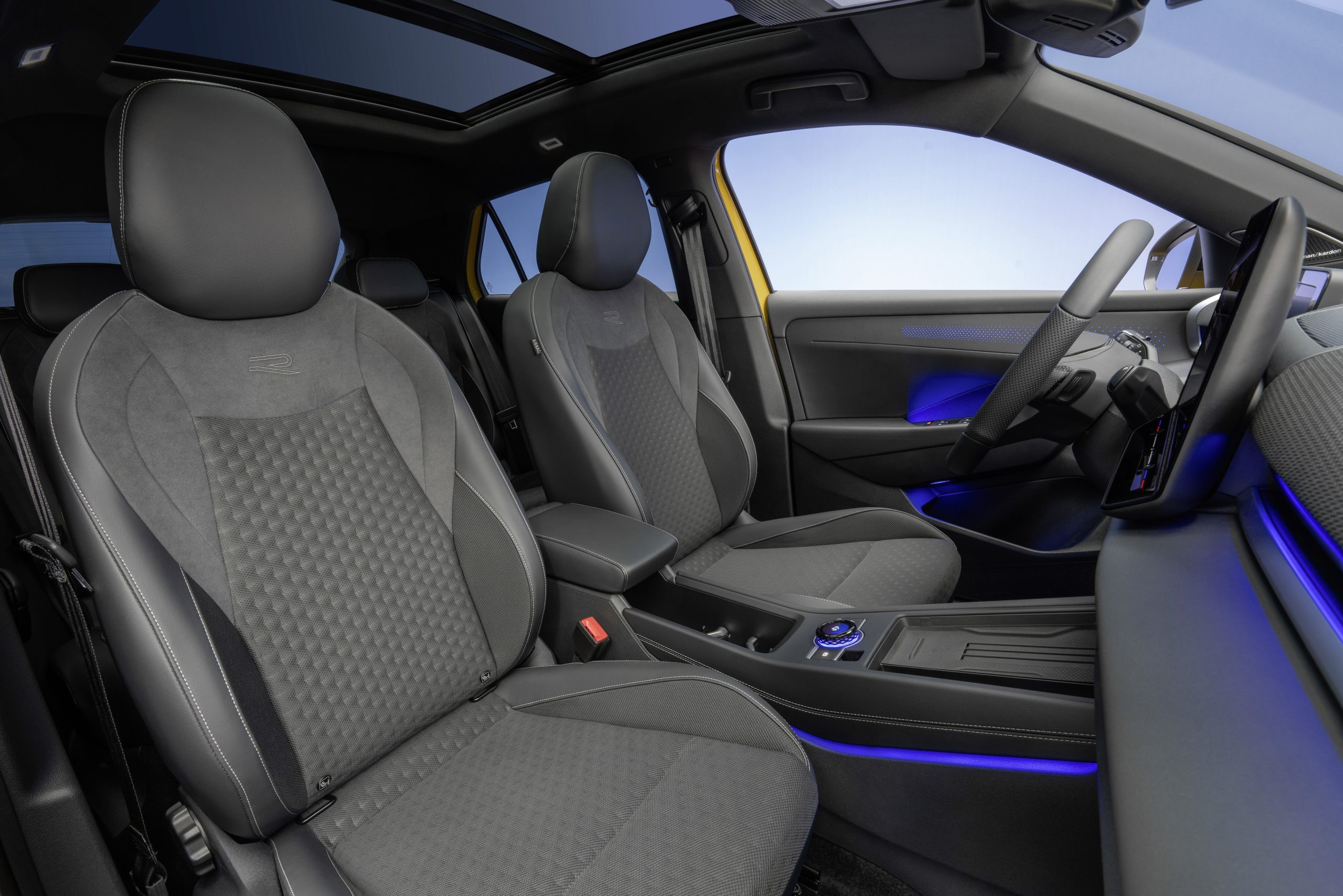
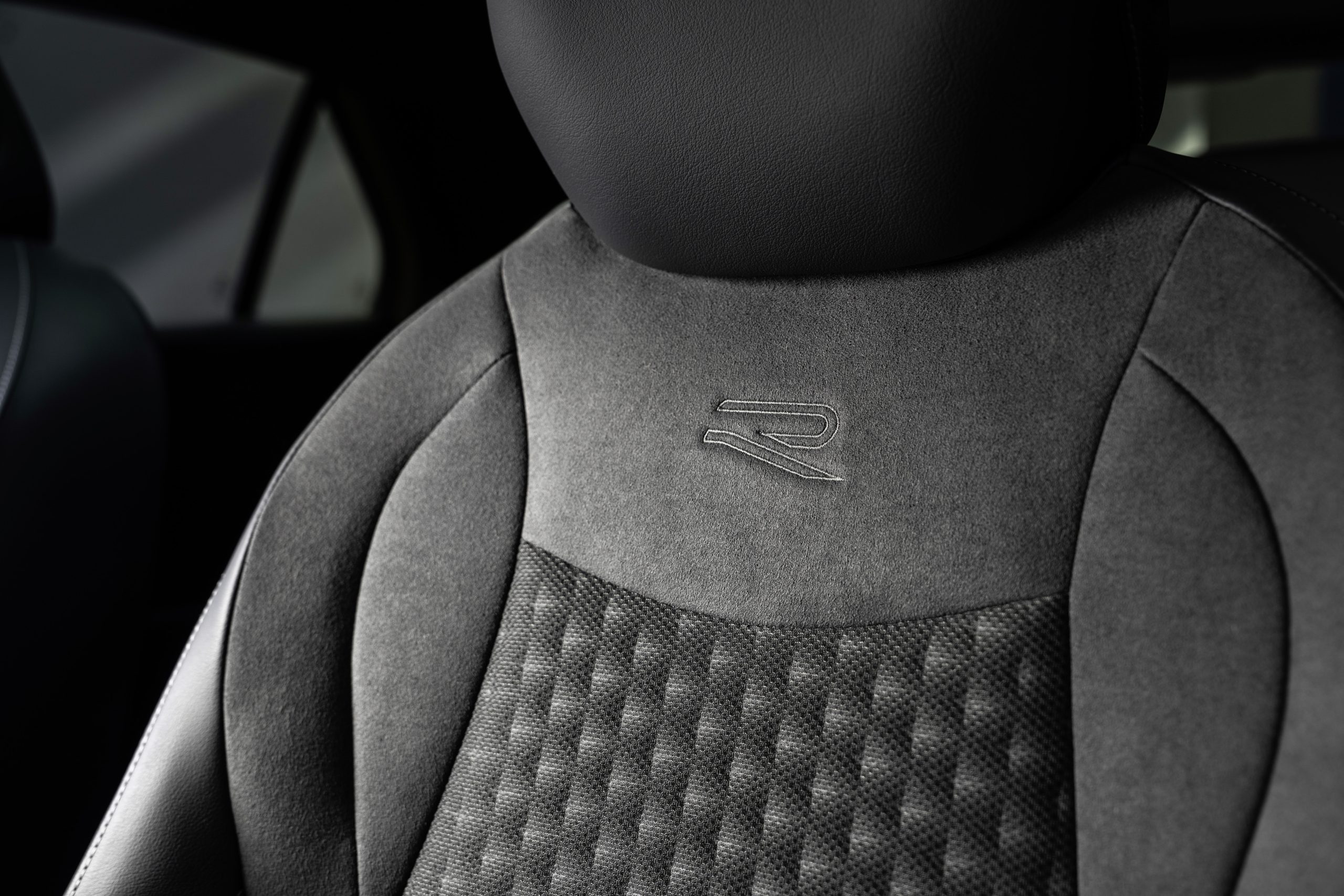
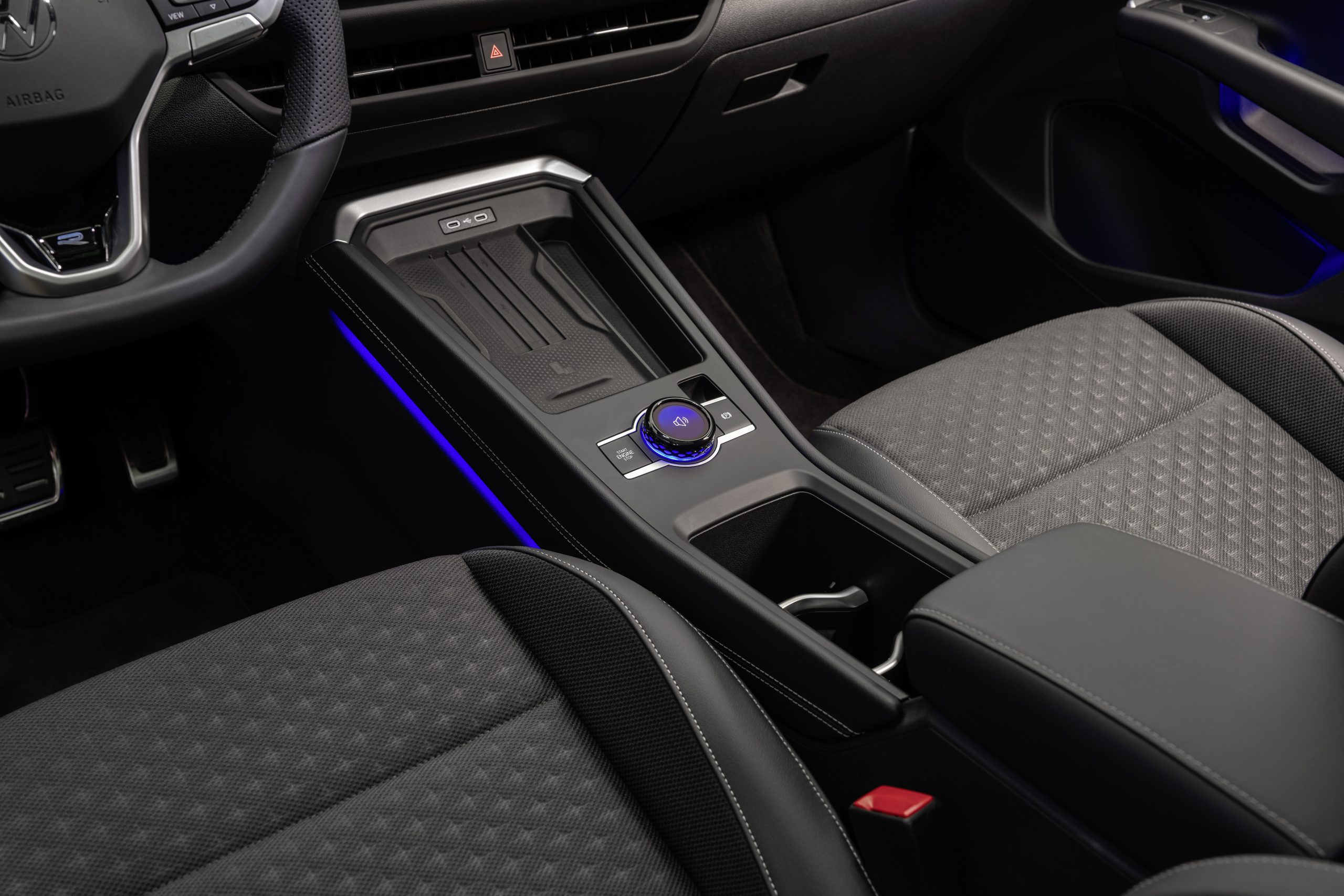
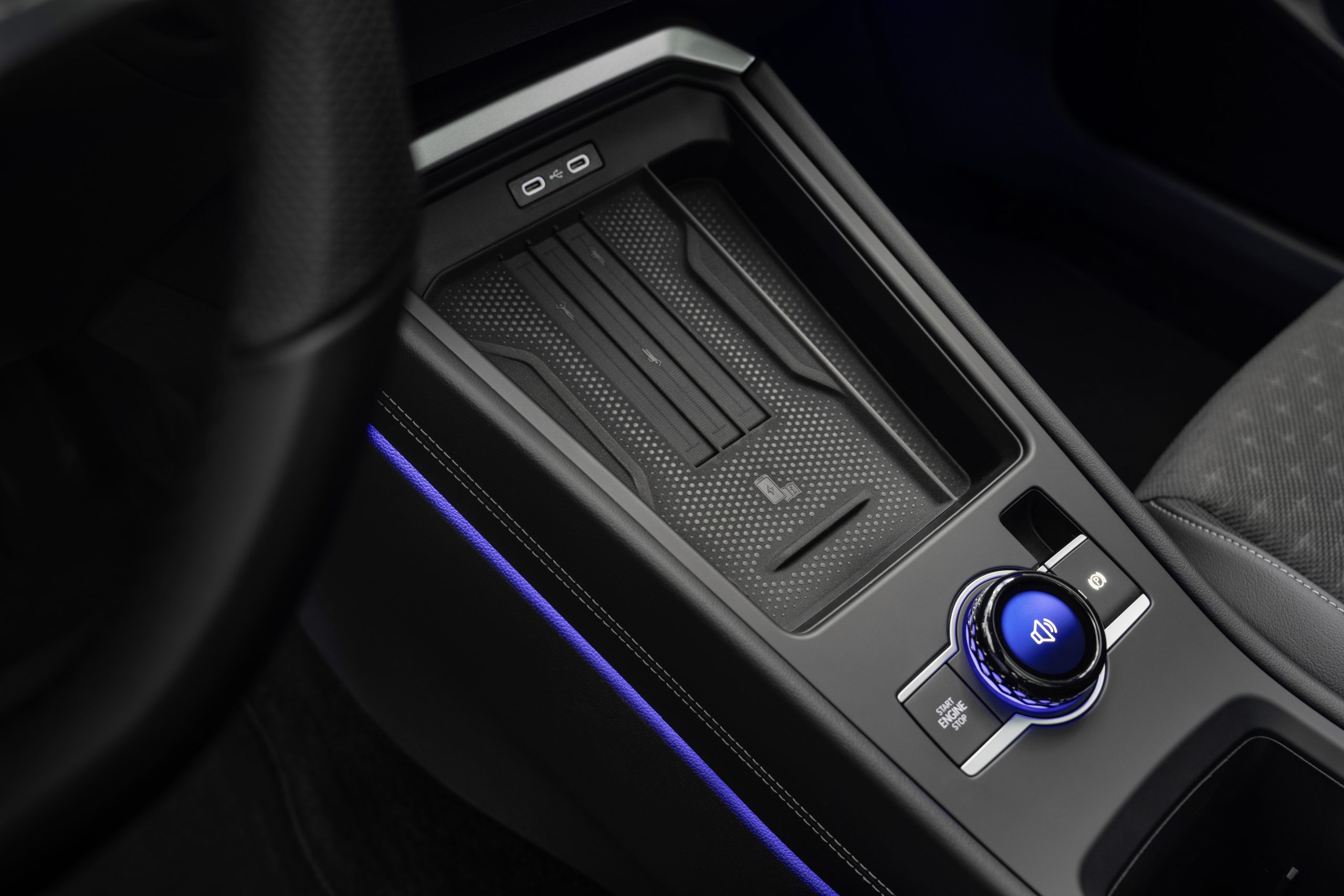
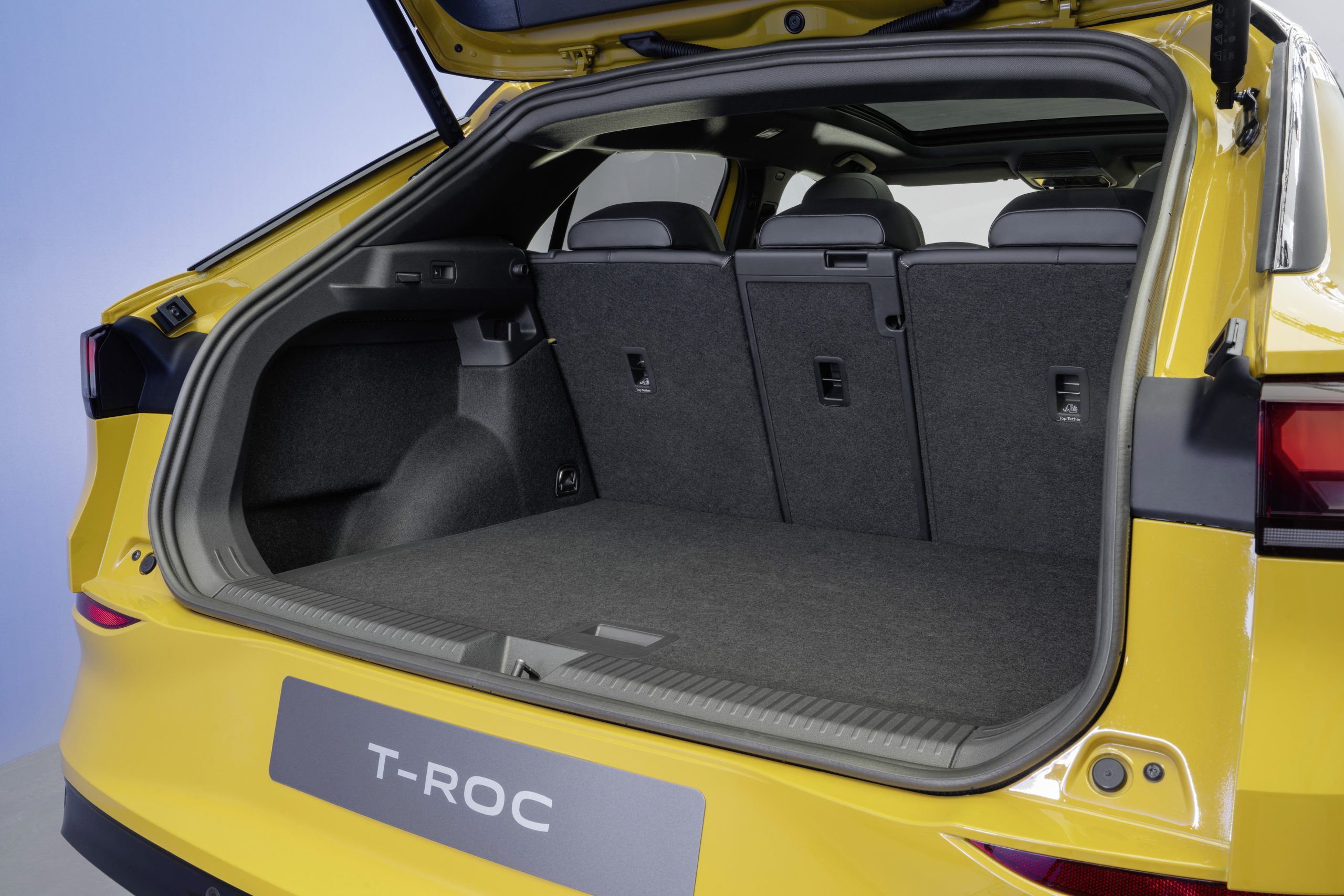
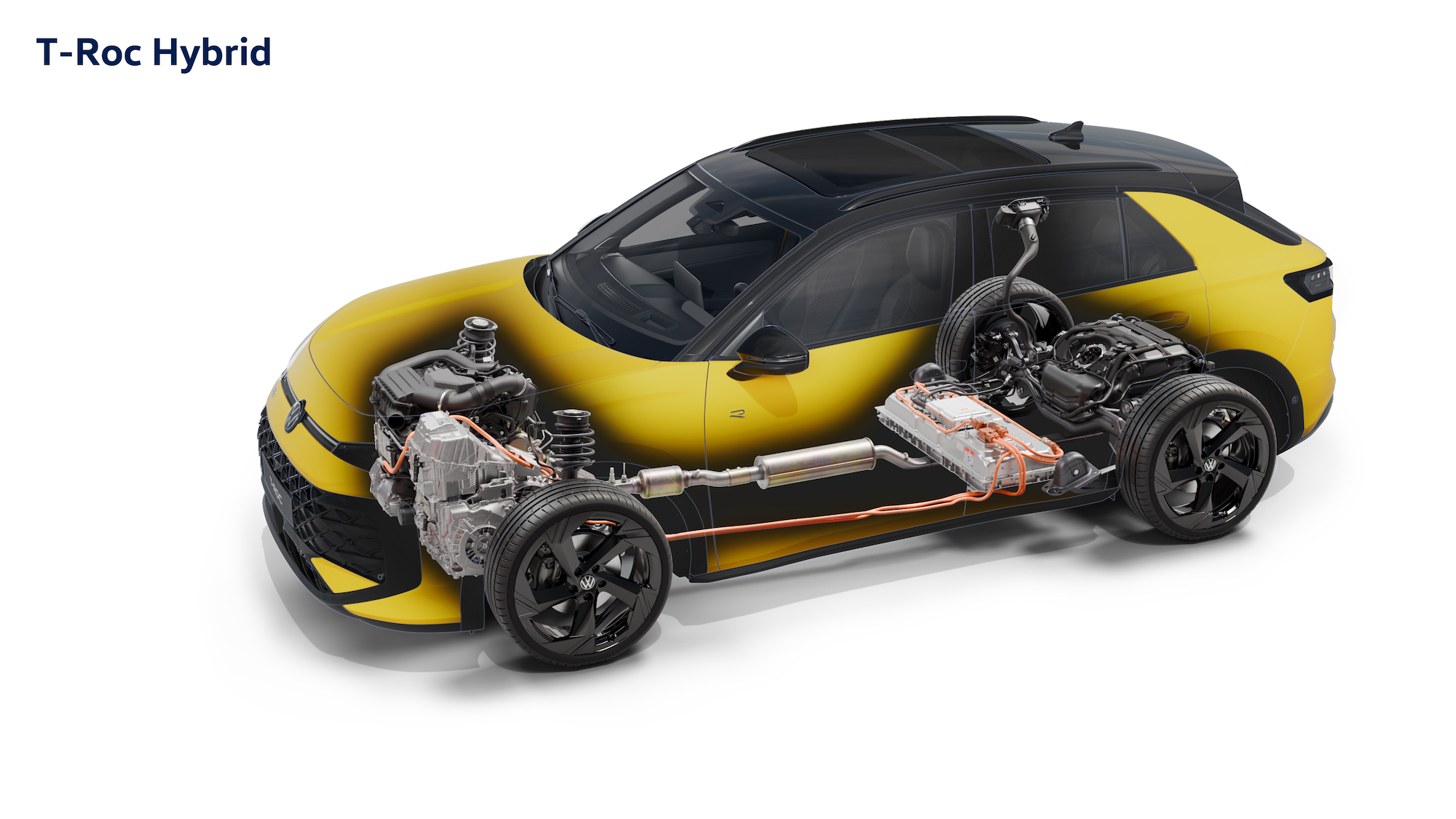
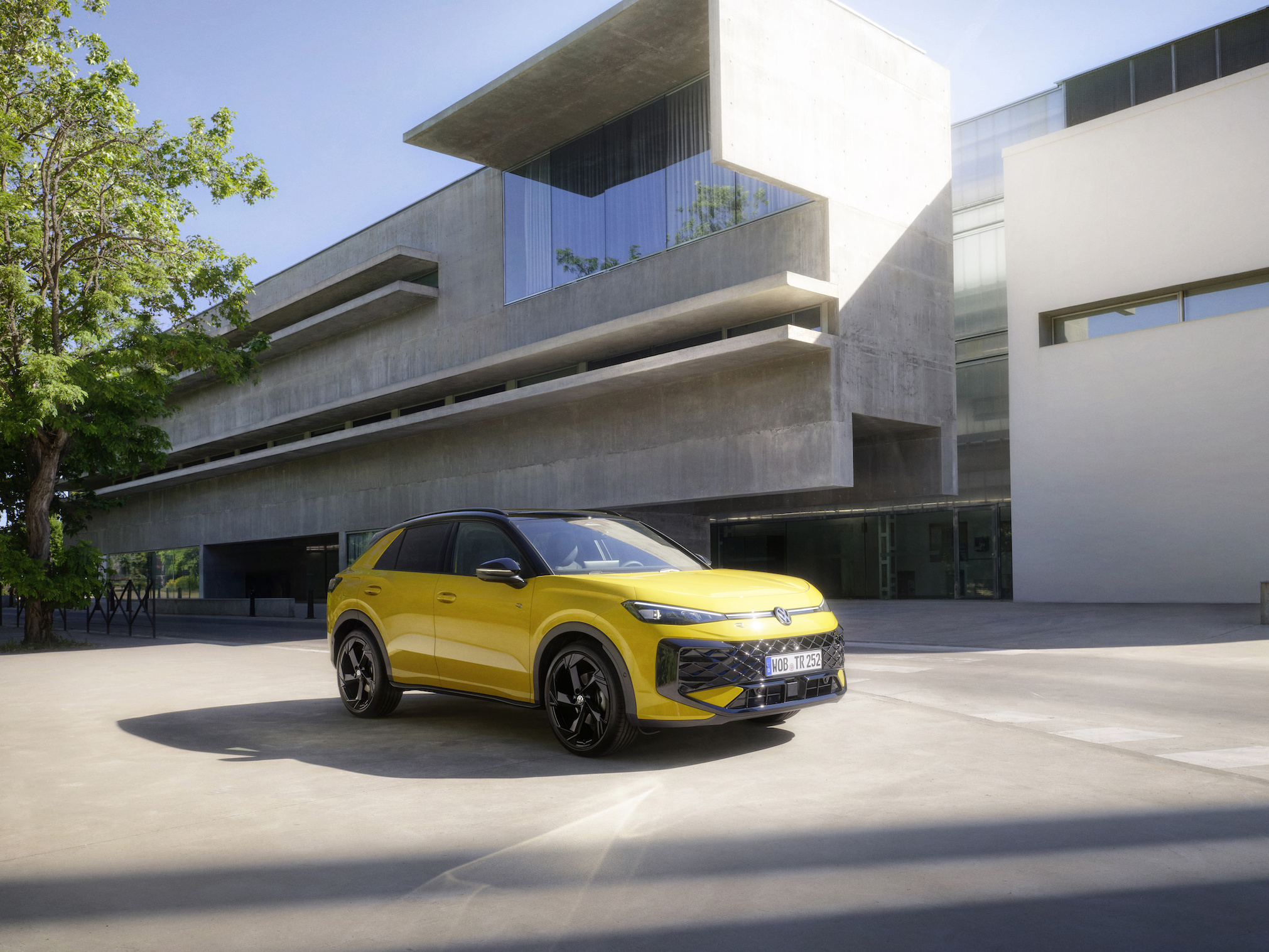
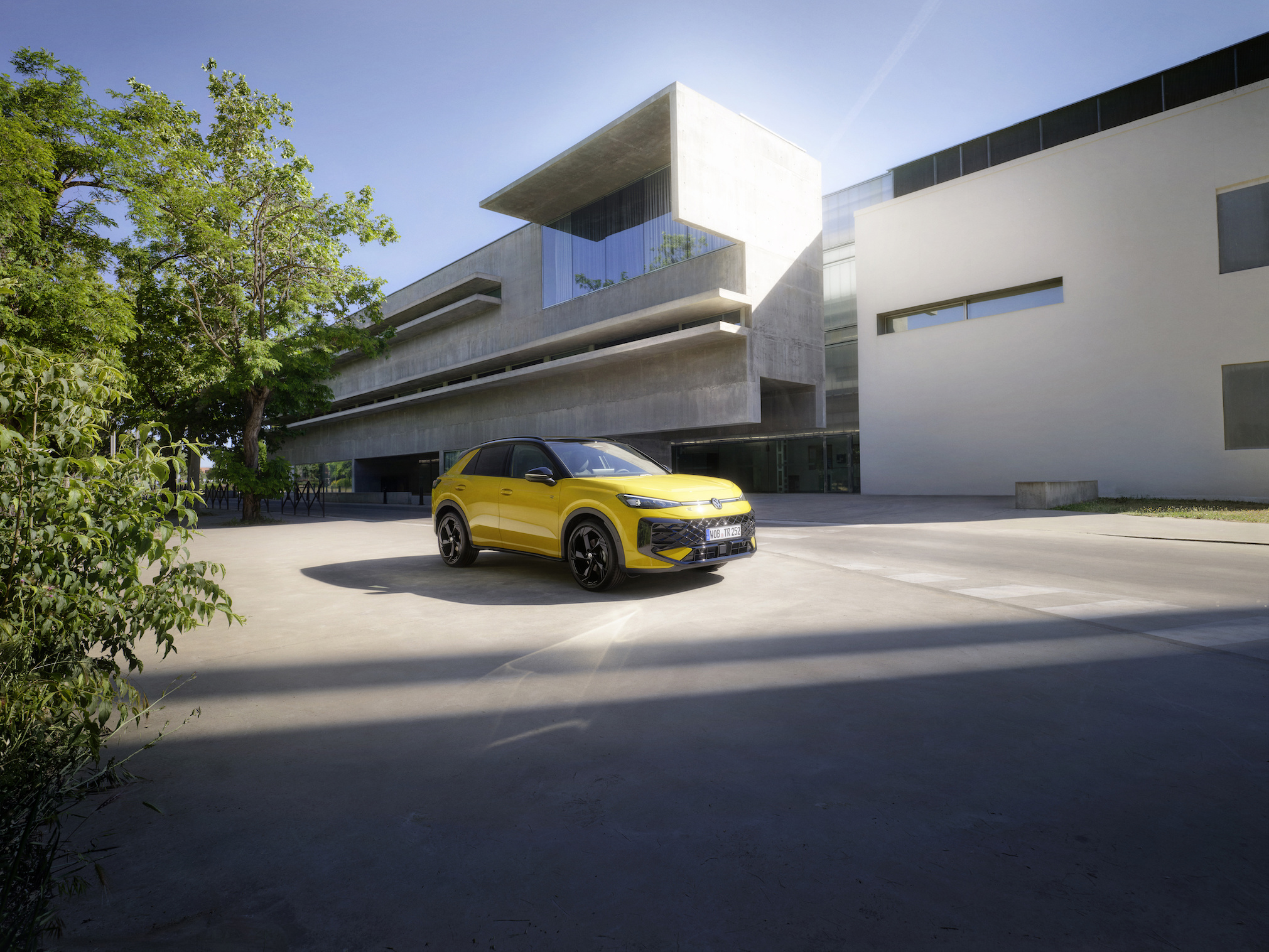
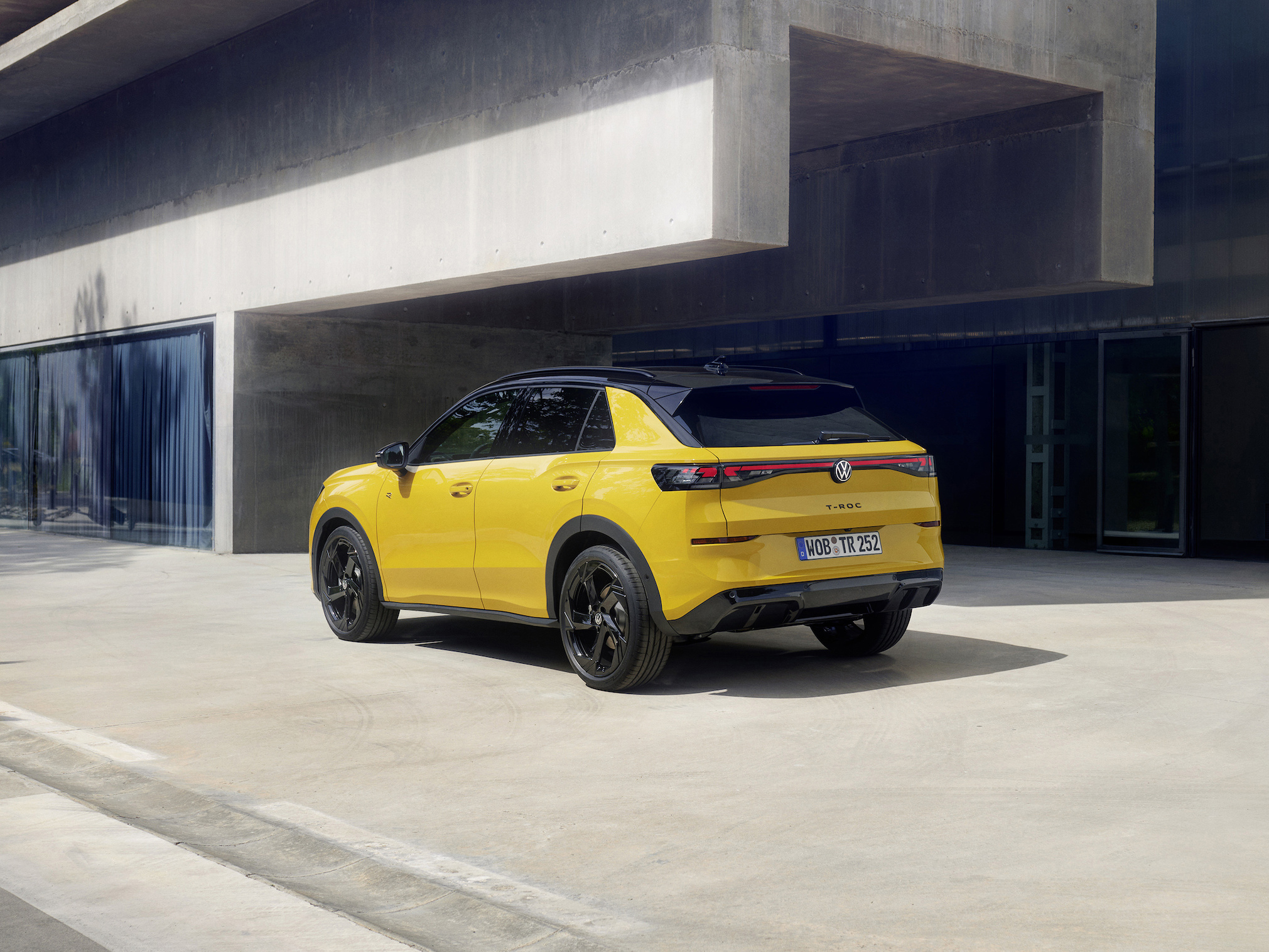
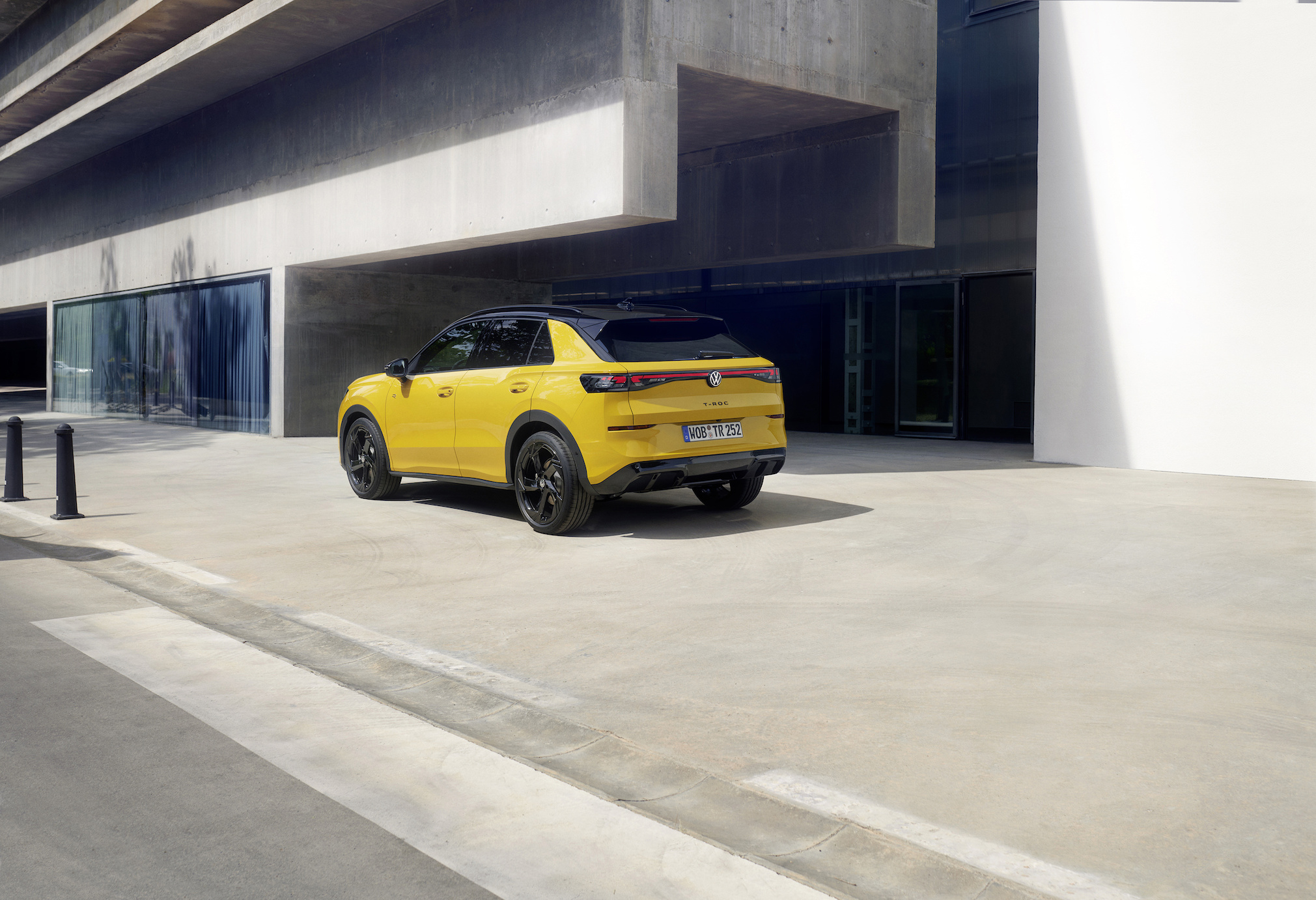
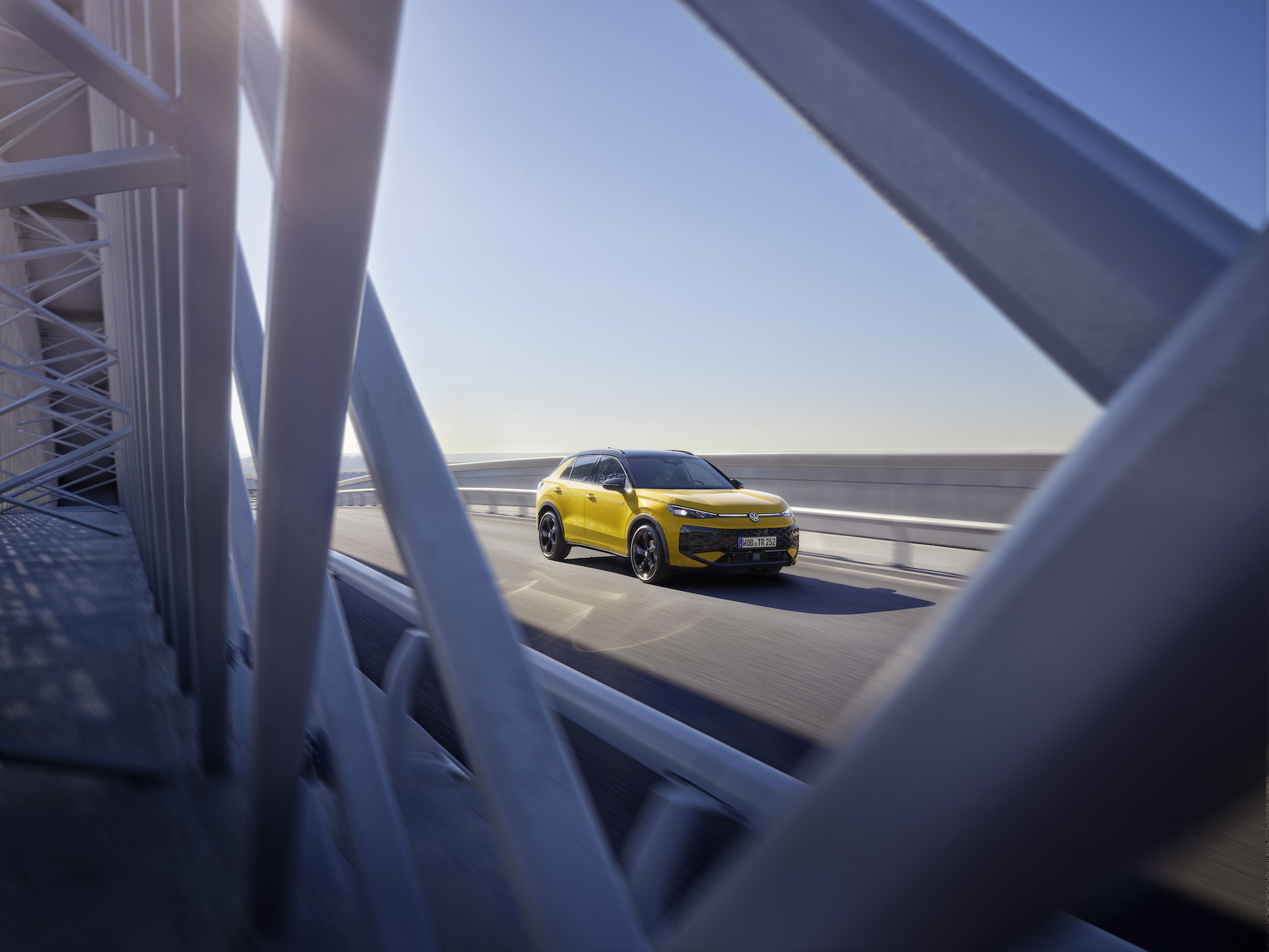
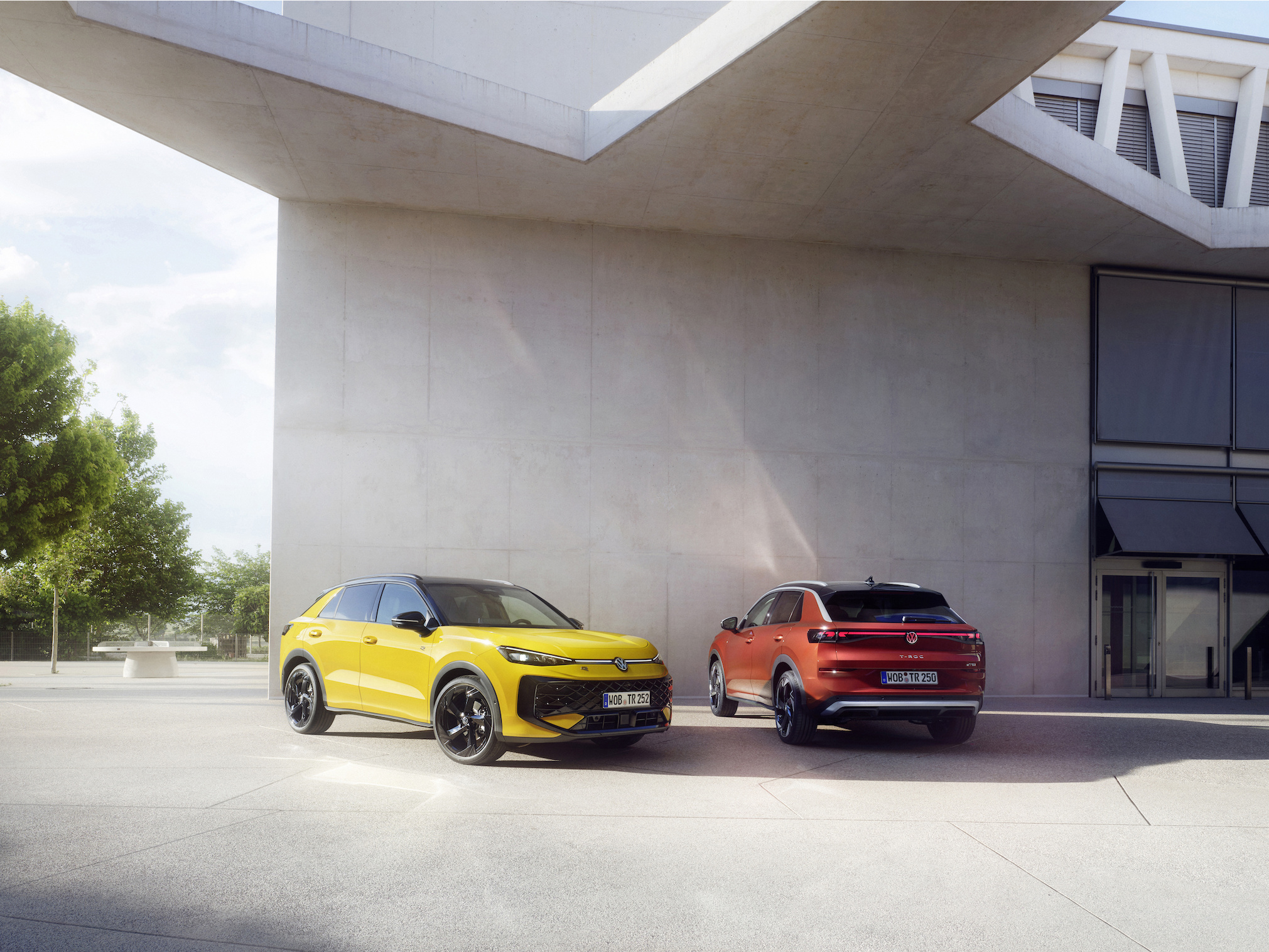
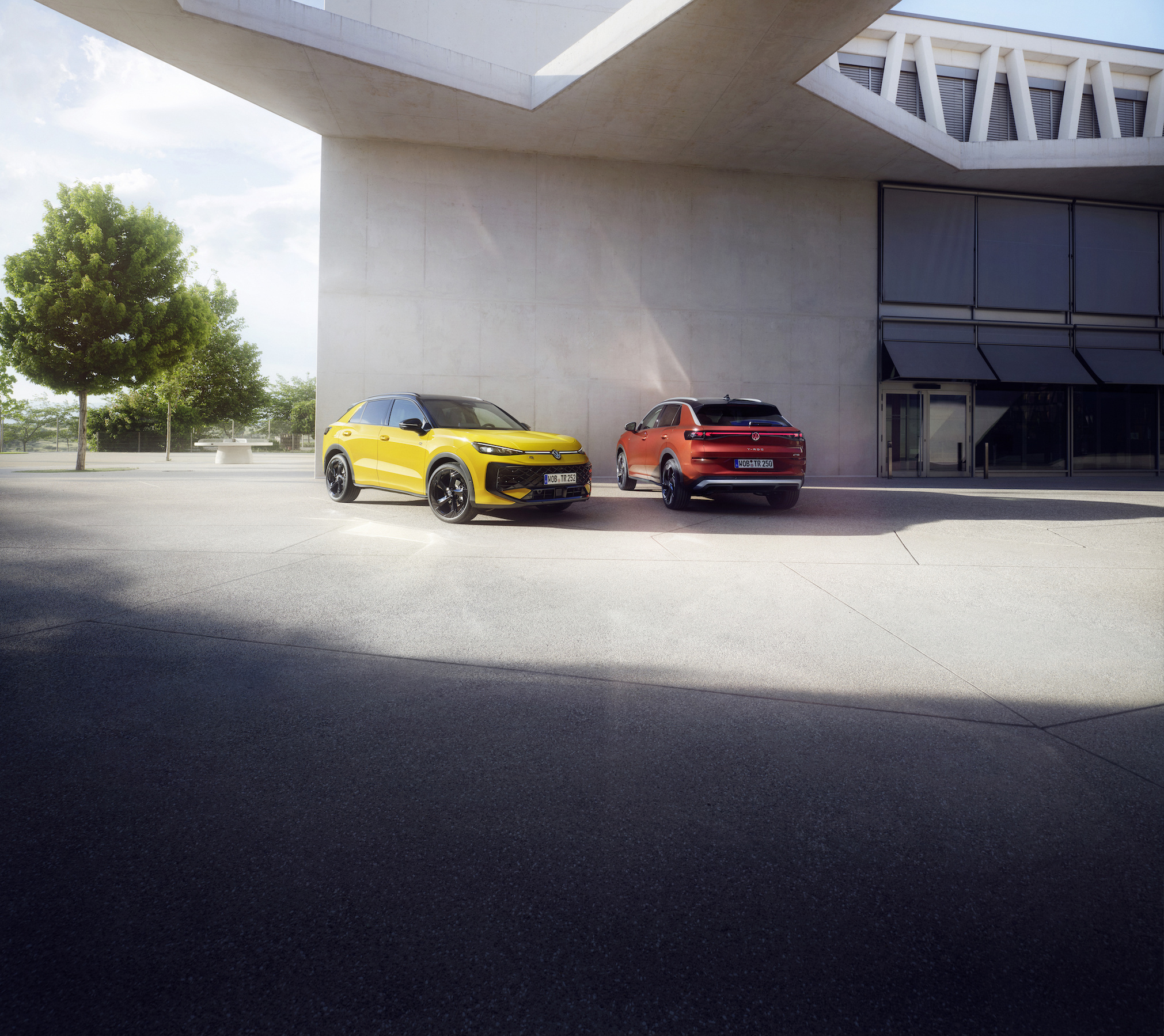
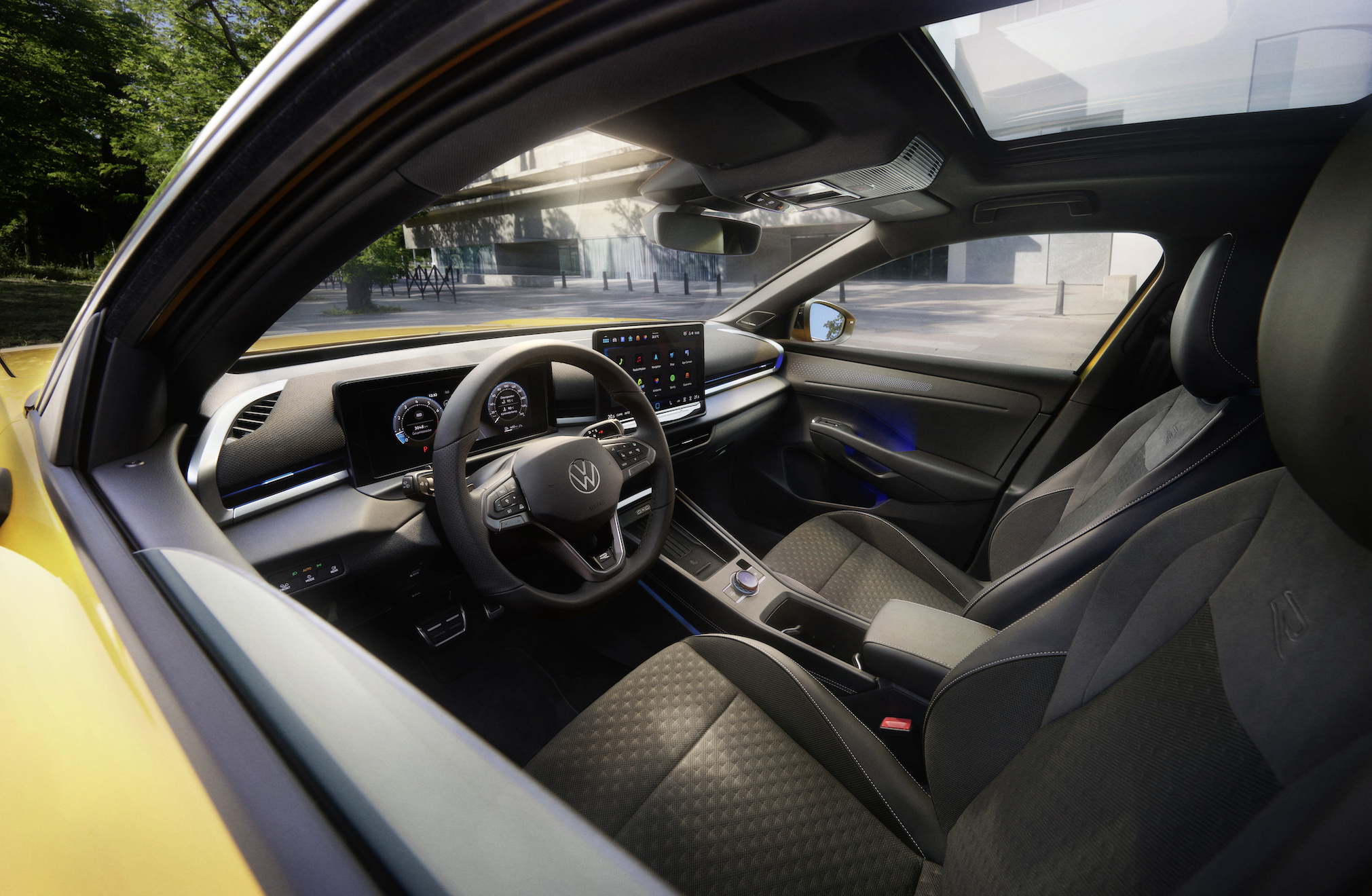
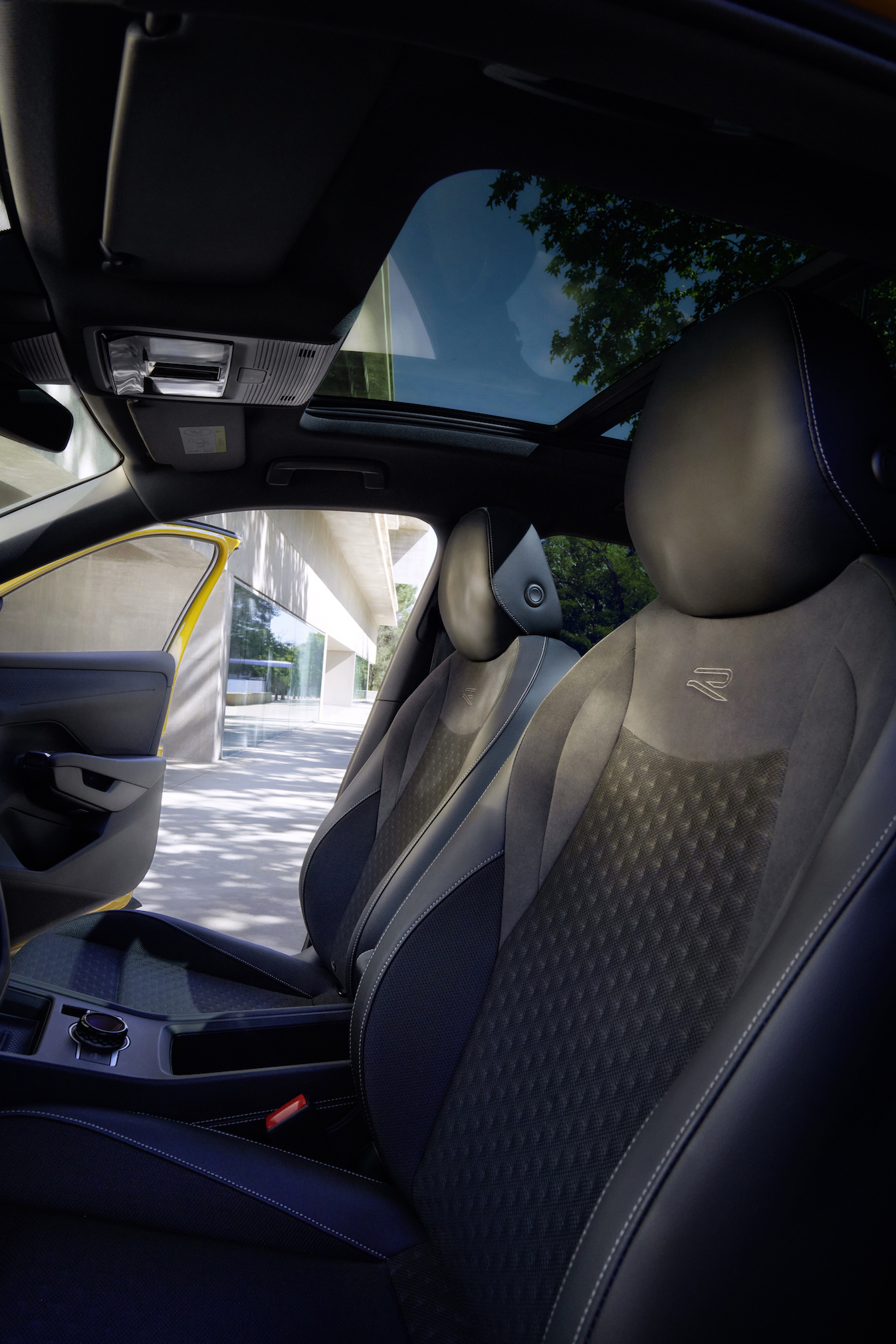

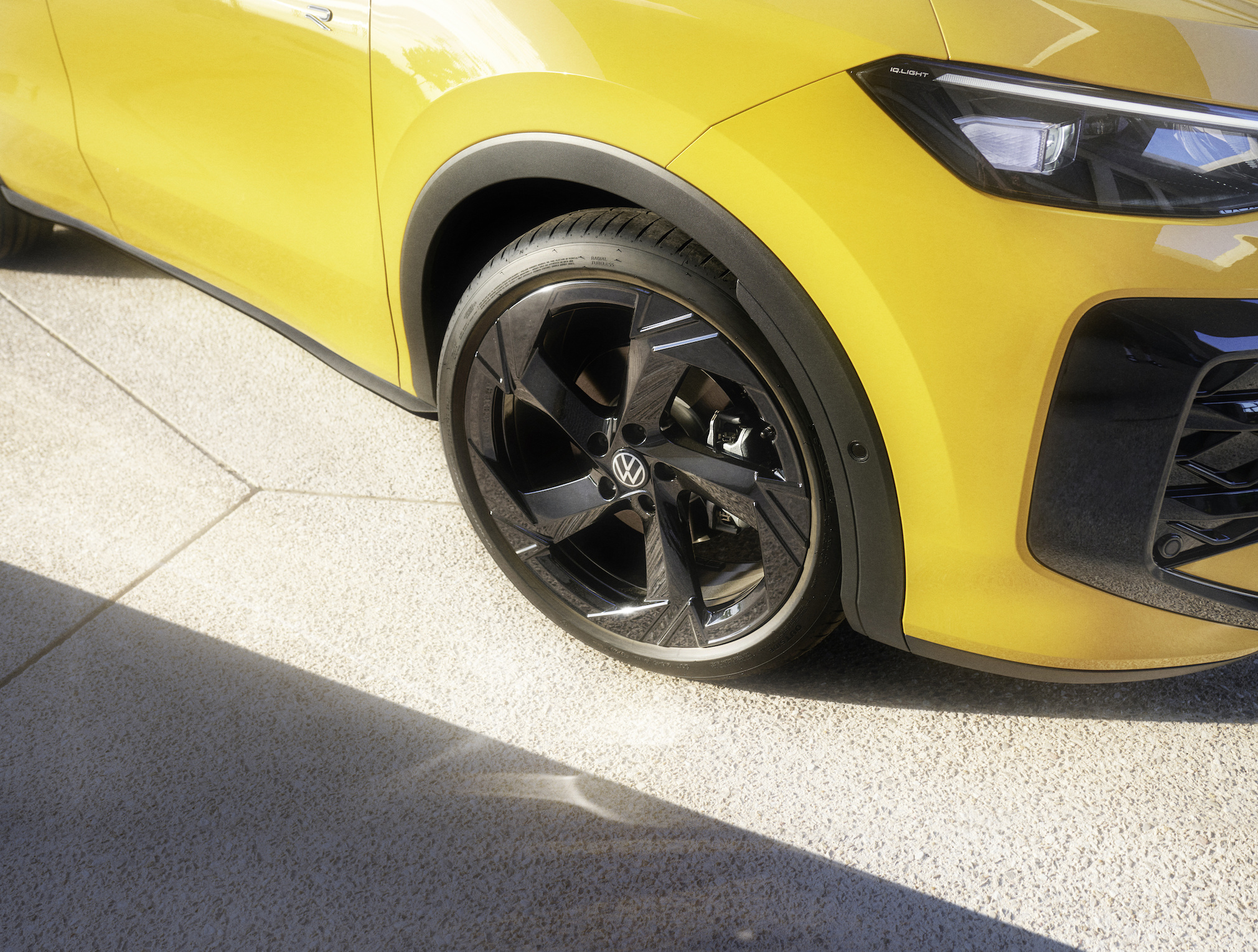
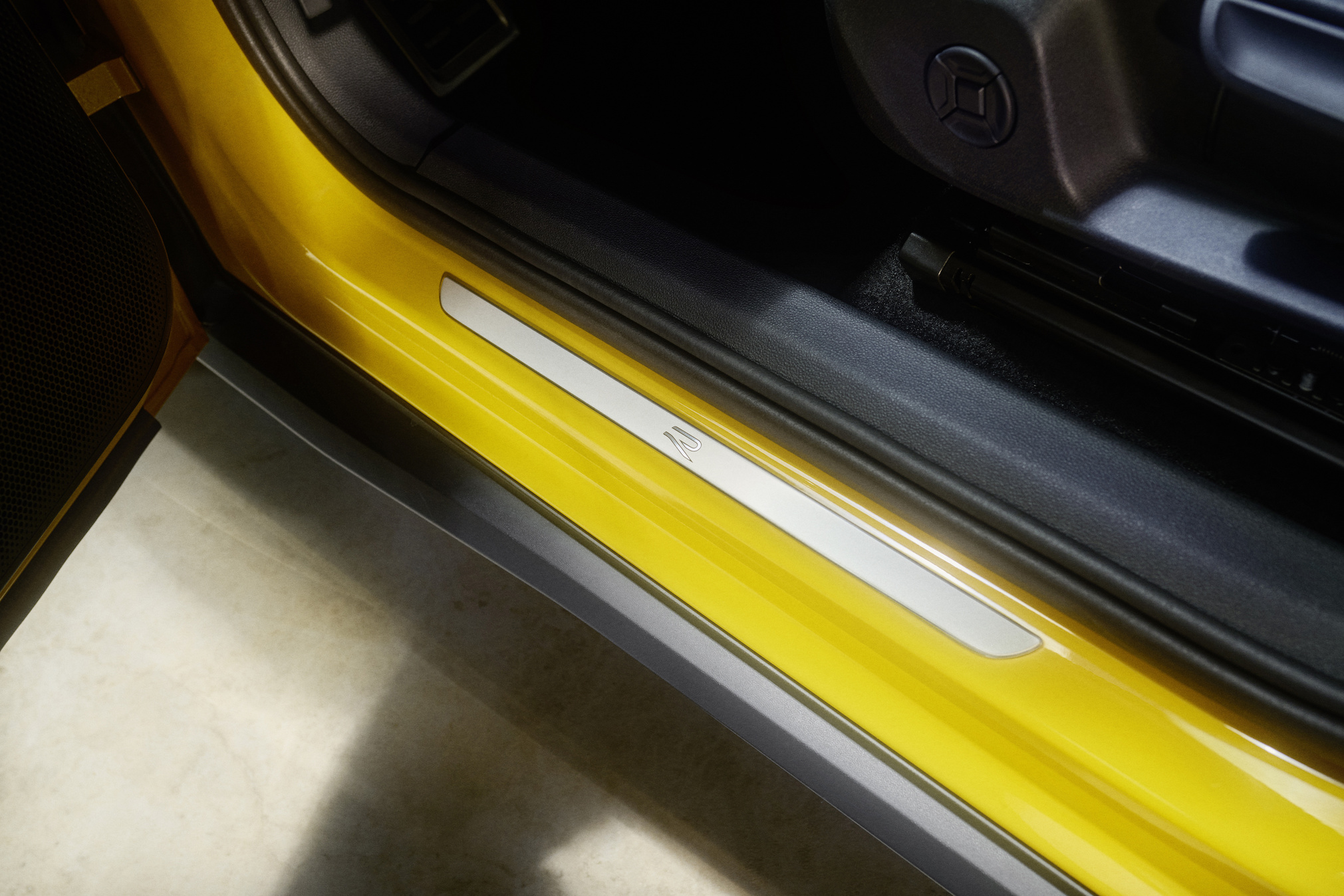
Notes:
1 T-Roc 1.5 eTSI (85 kW/115 PS) – Energy consumption: combined 6.0–5.5 l/100 km; CO2 emissions: combined 137-124 g/km, CO2 class: E-D.
2 T-Roc 1.5 eTSI (110 kW/150 PS) – Energy consumption: combined 6.0–5.5 l/100 km; CO2 emissions: combined 137–125 g/km, CO2 class: E–D.
3 Within the limits of the system: the driver must always be ready to override the assist system and is not released from the responsibility of driving the vehicle with due care and attention.

